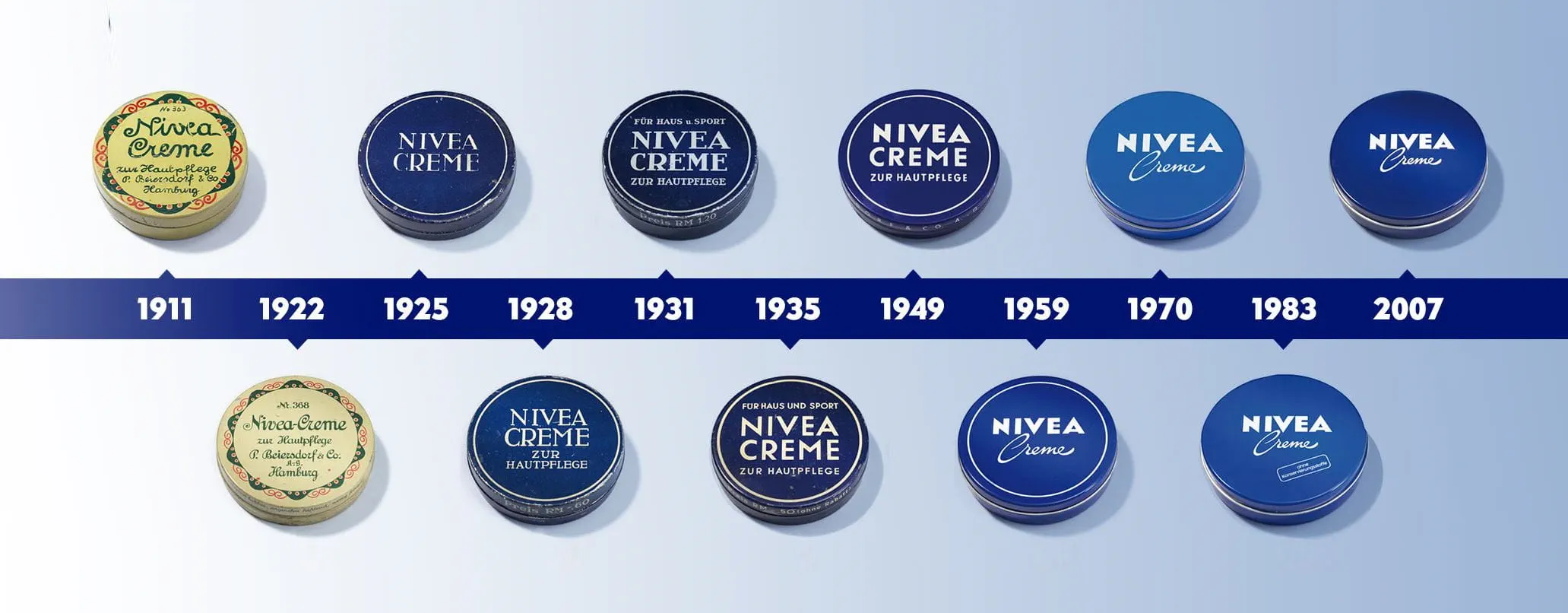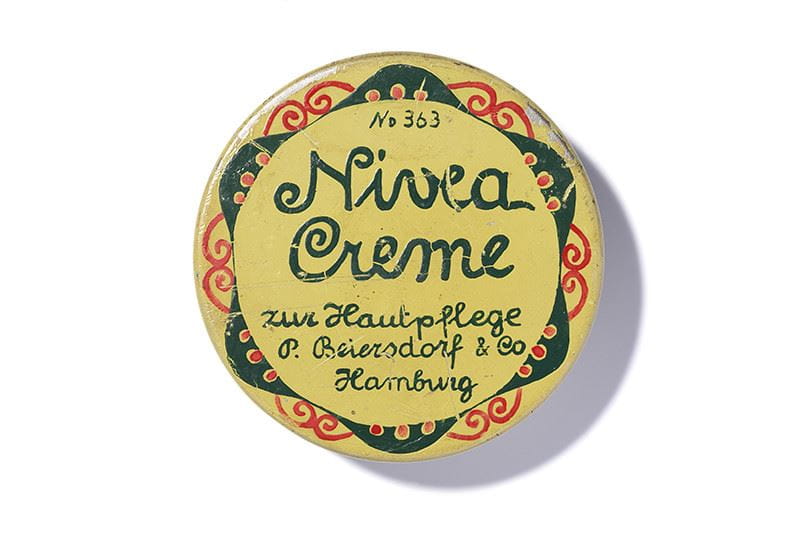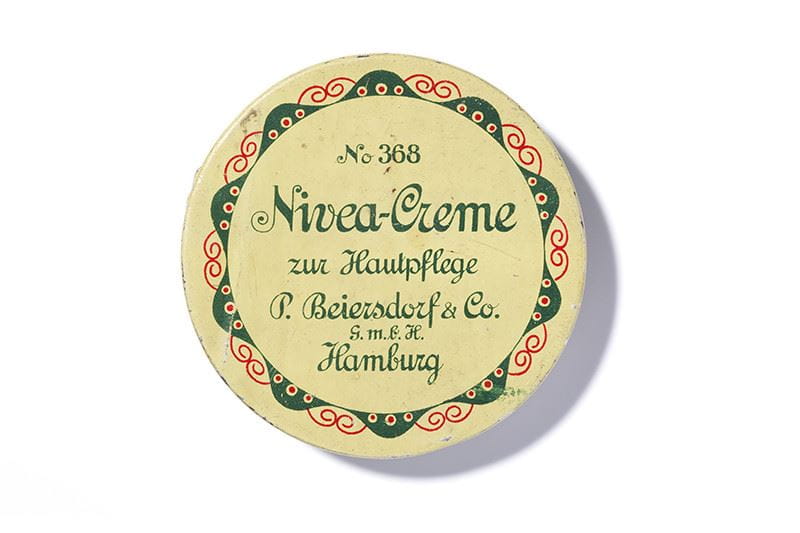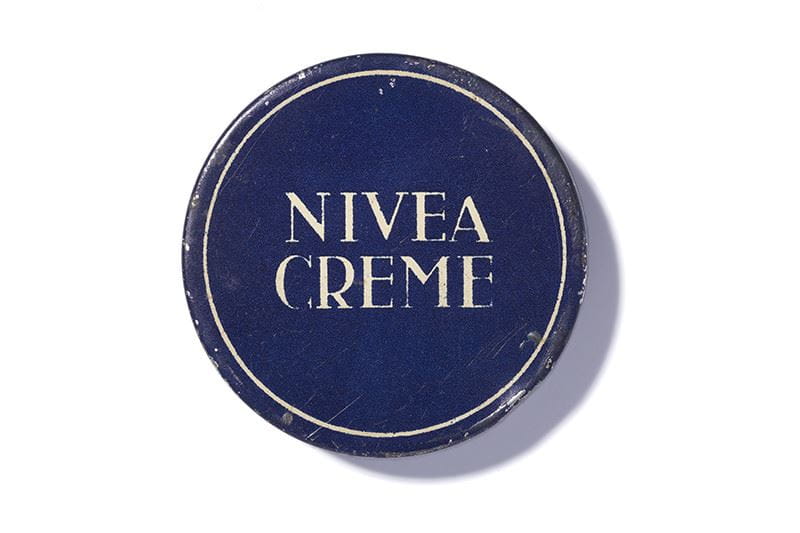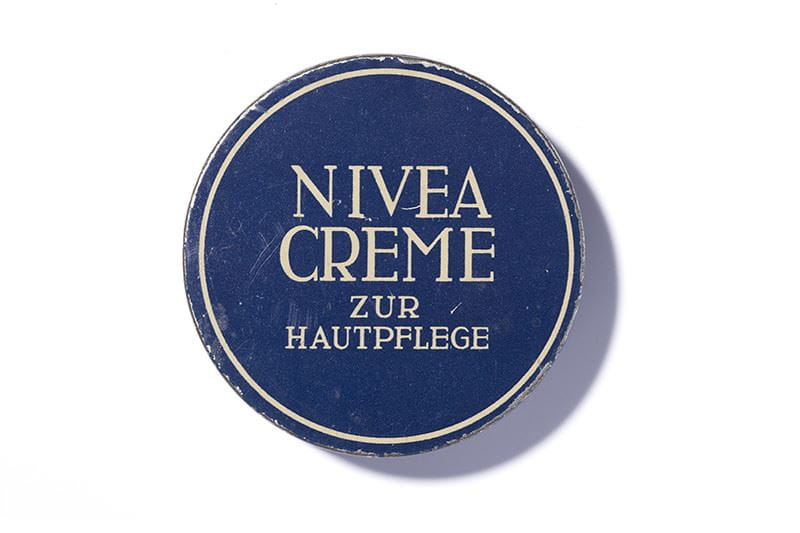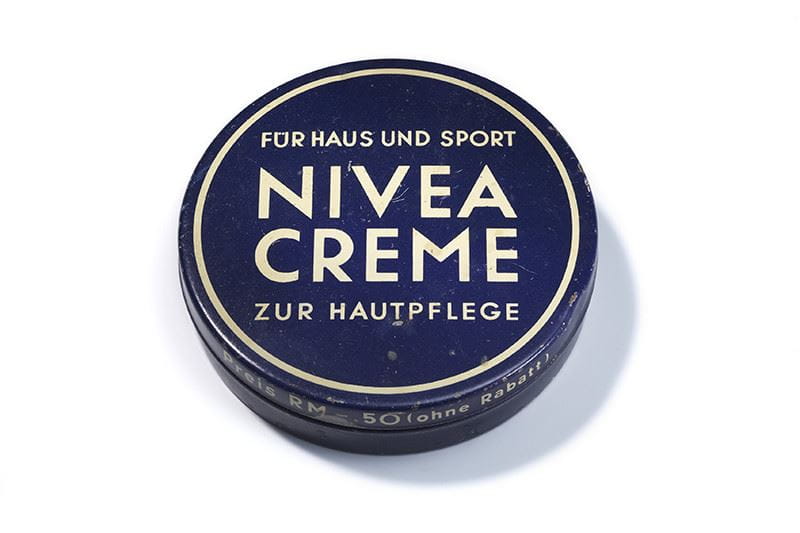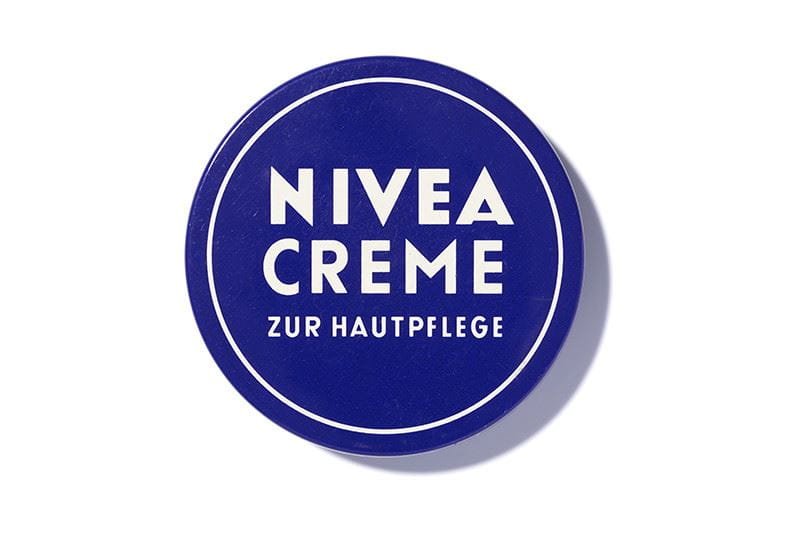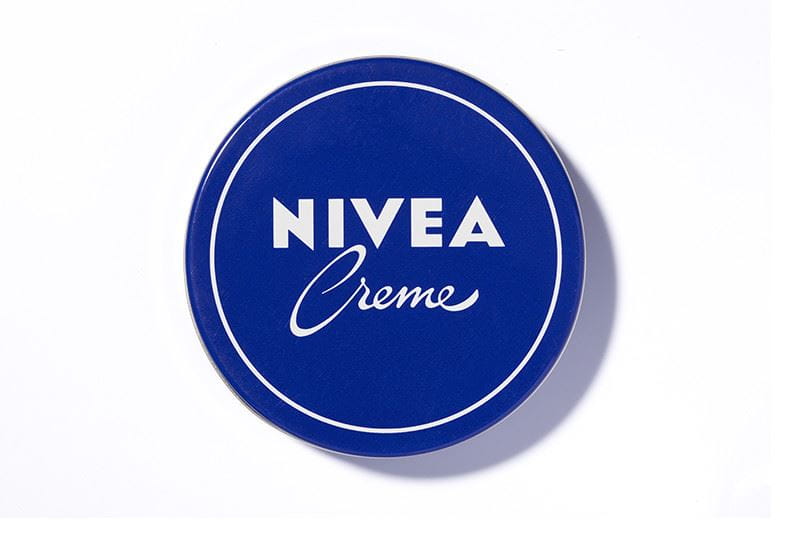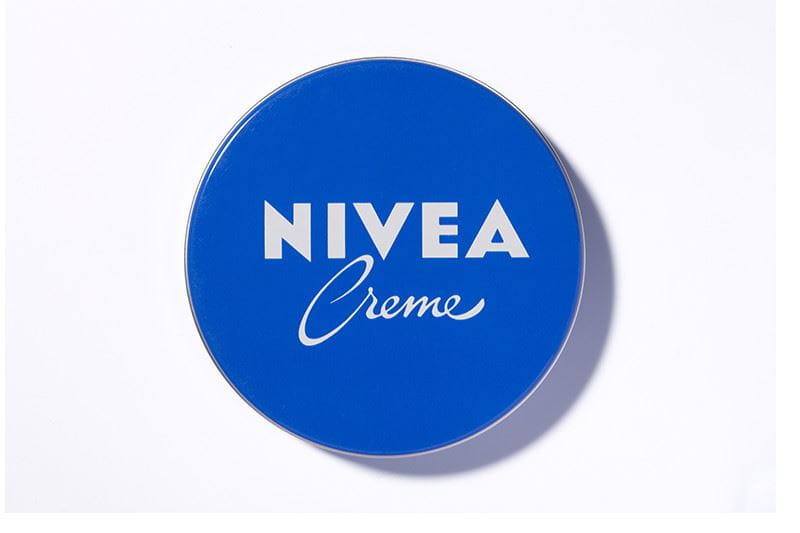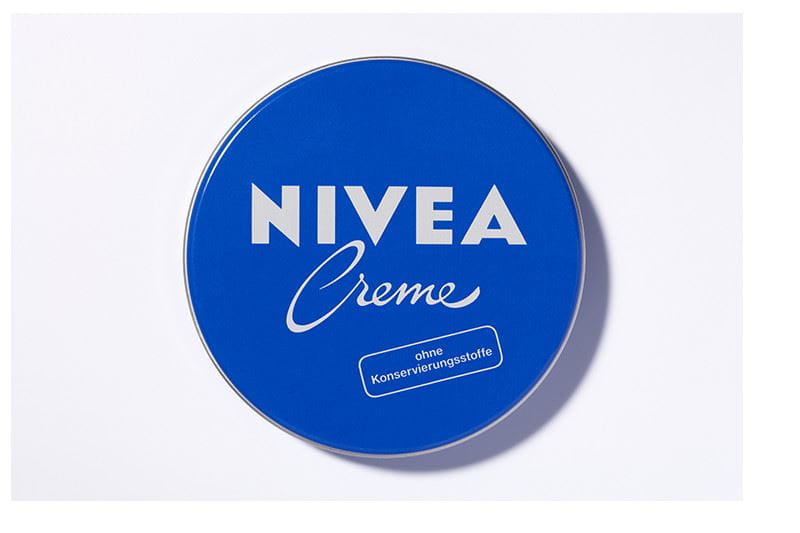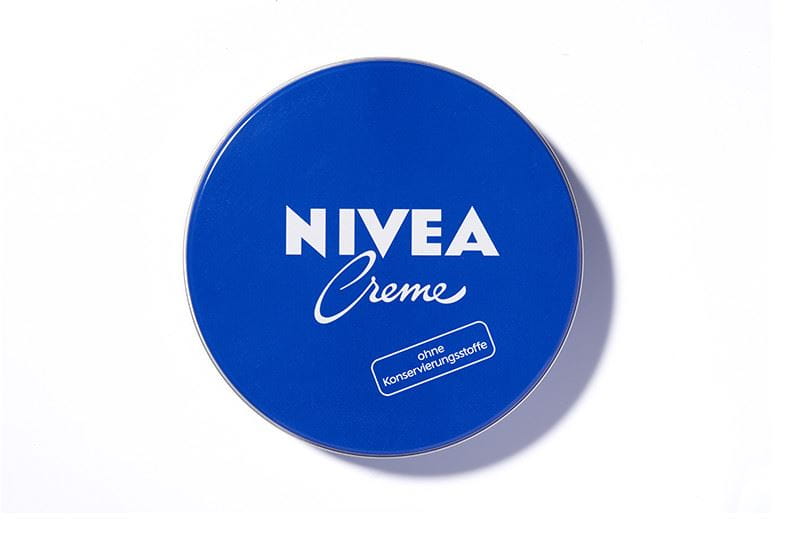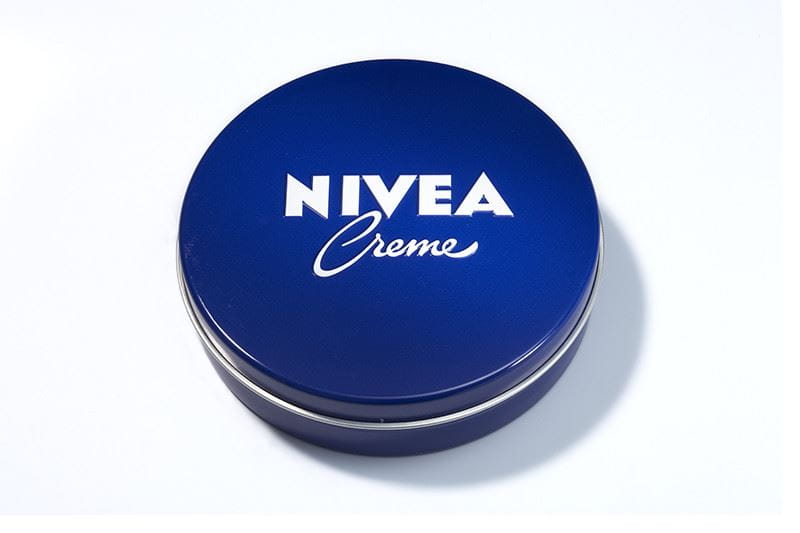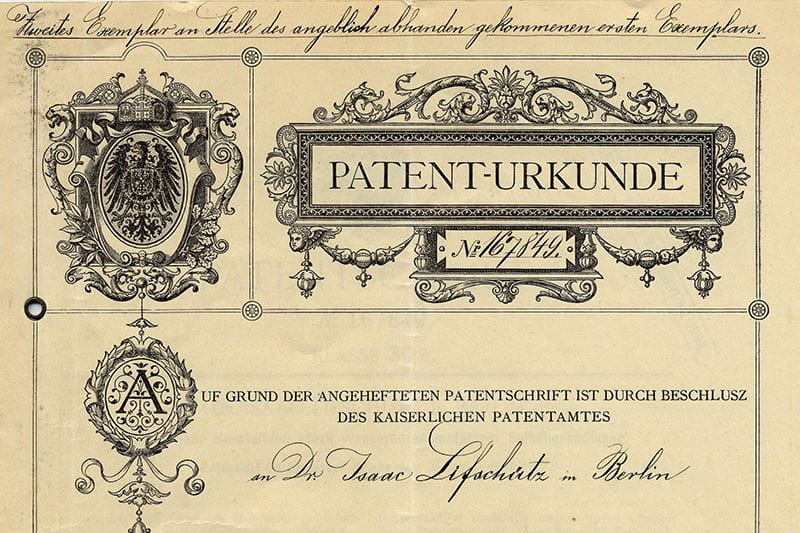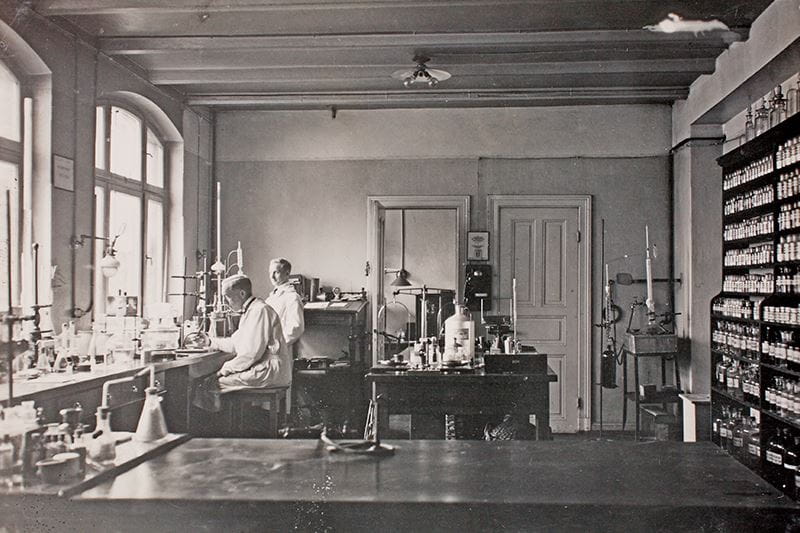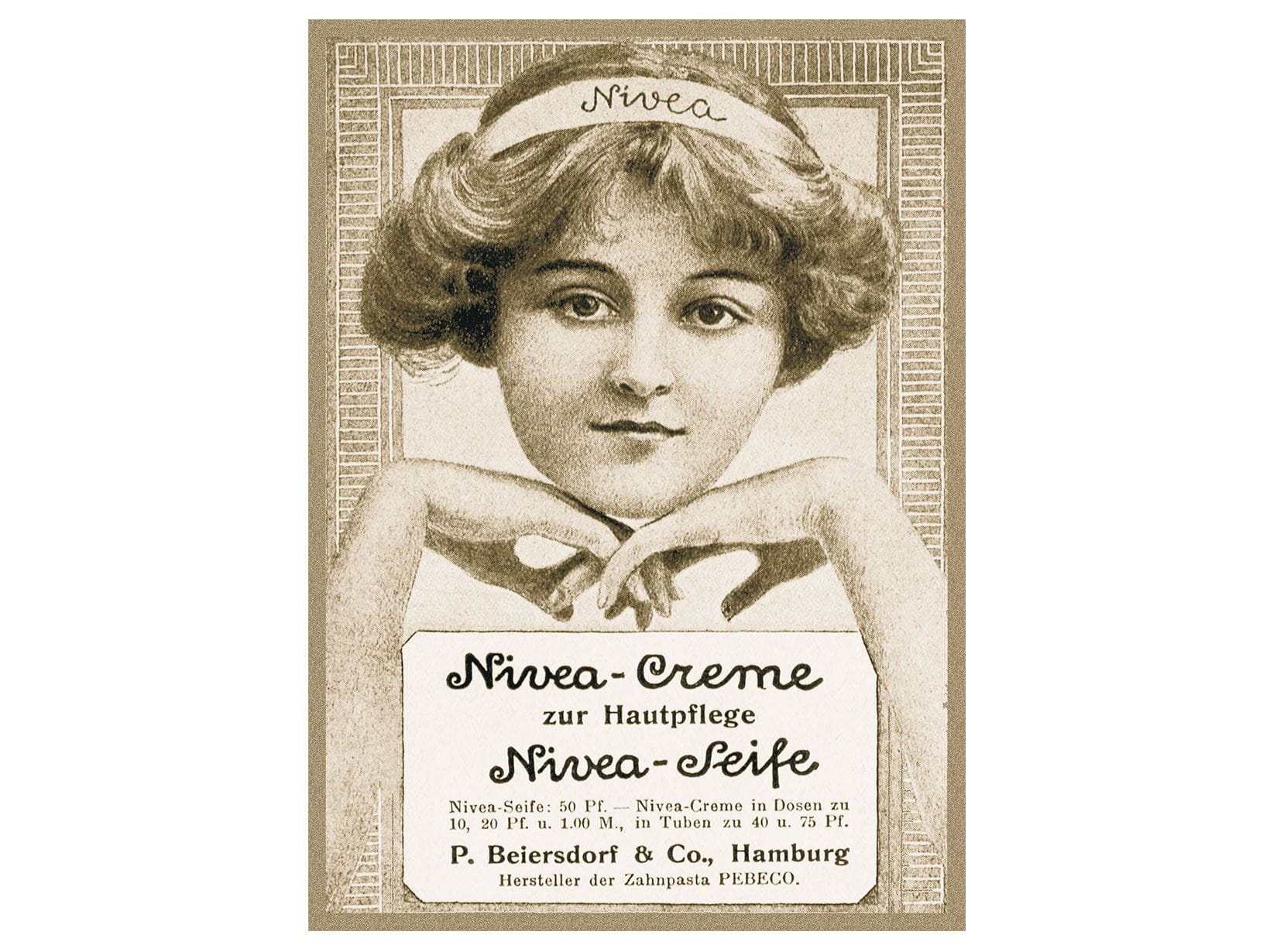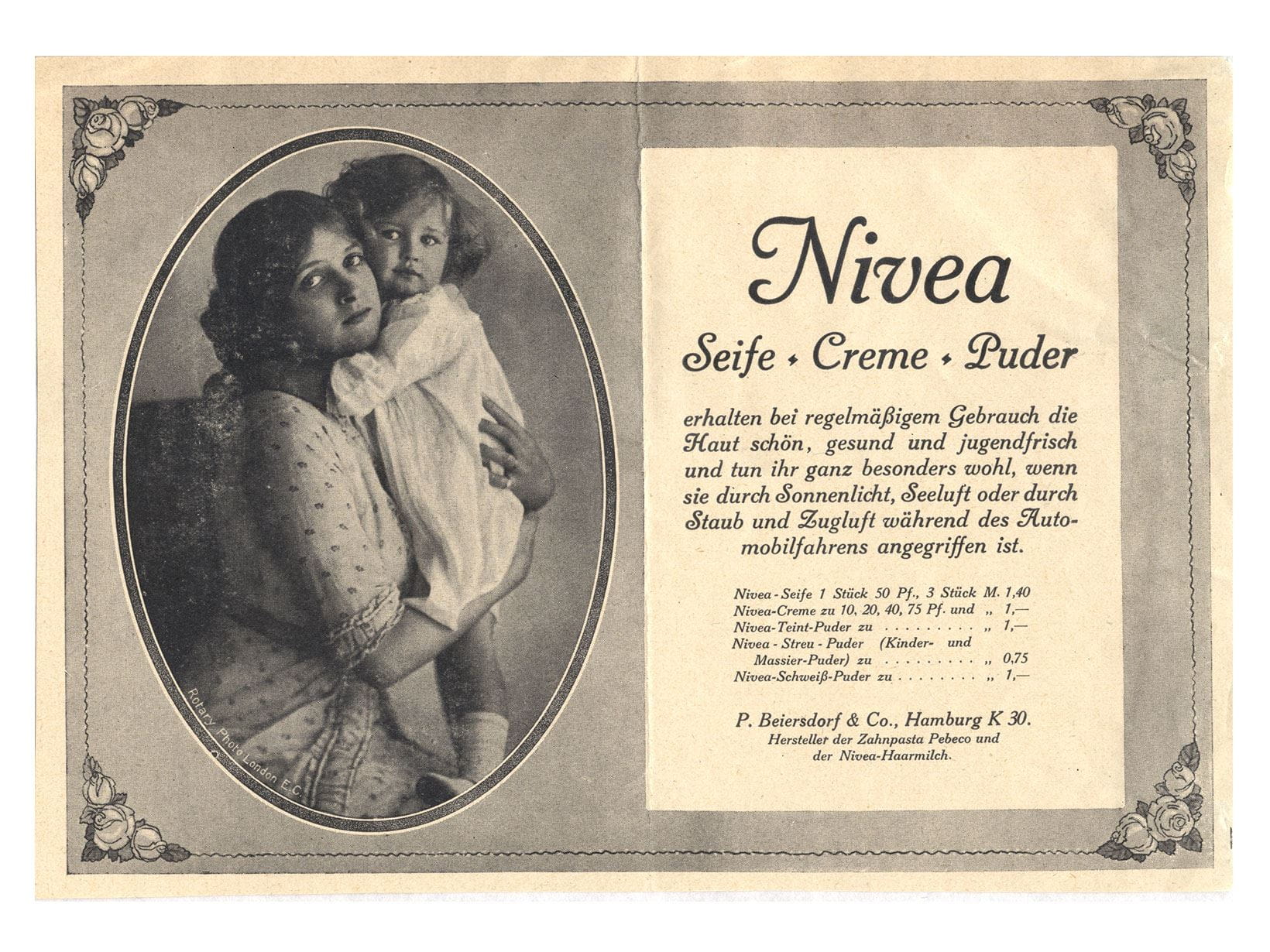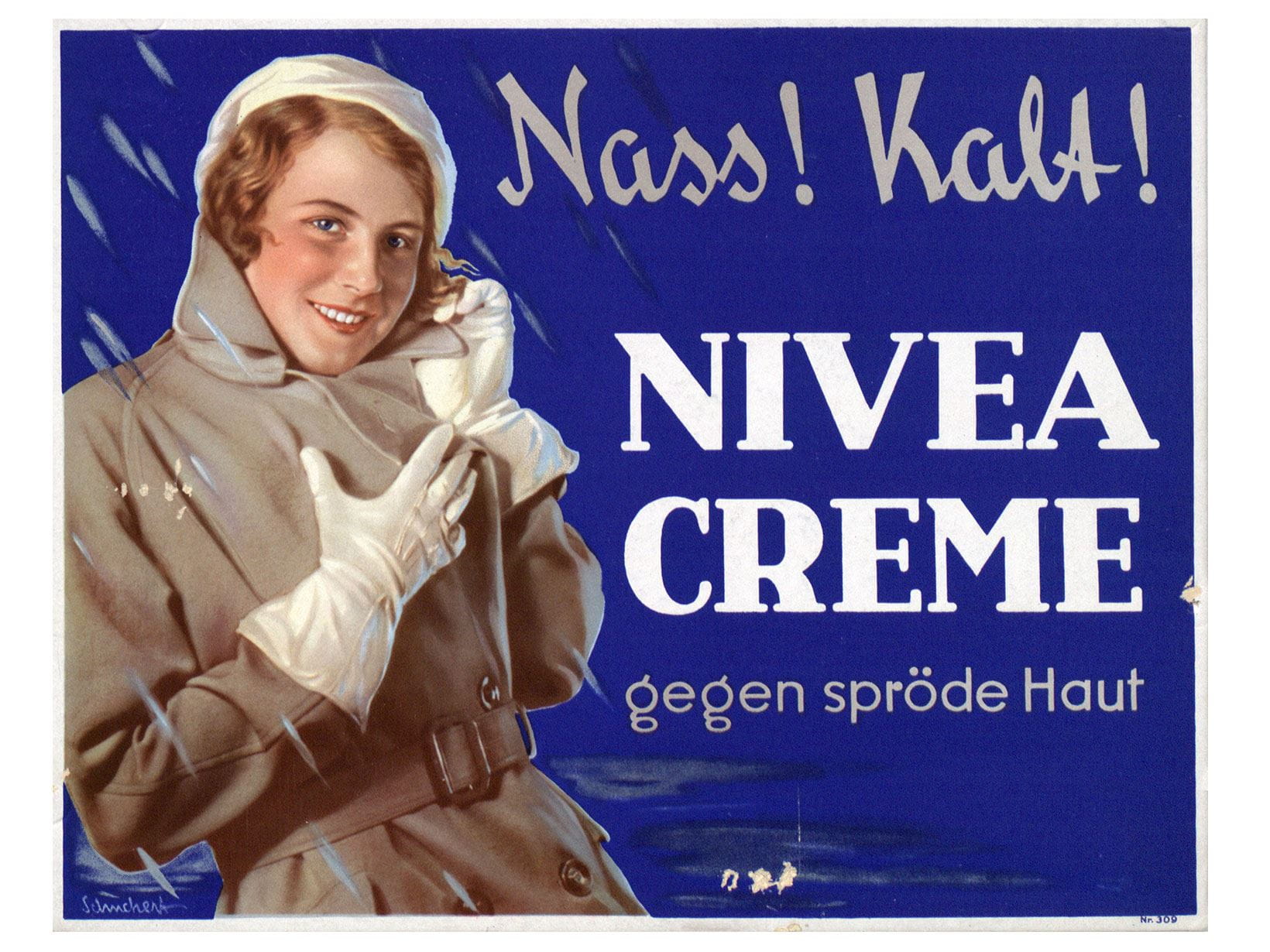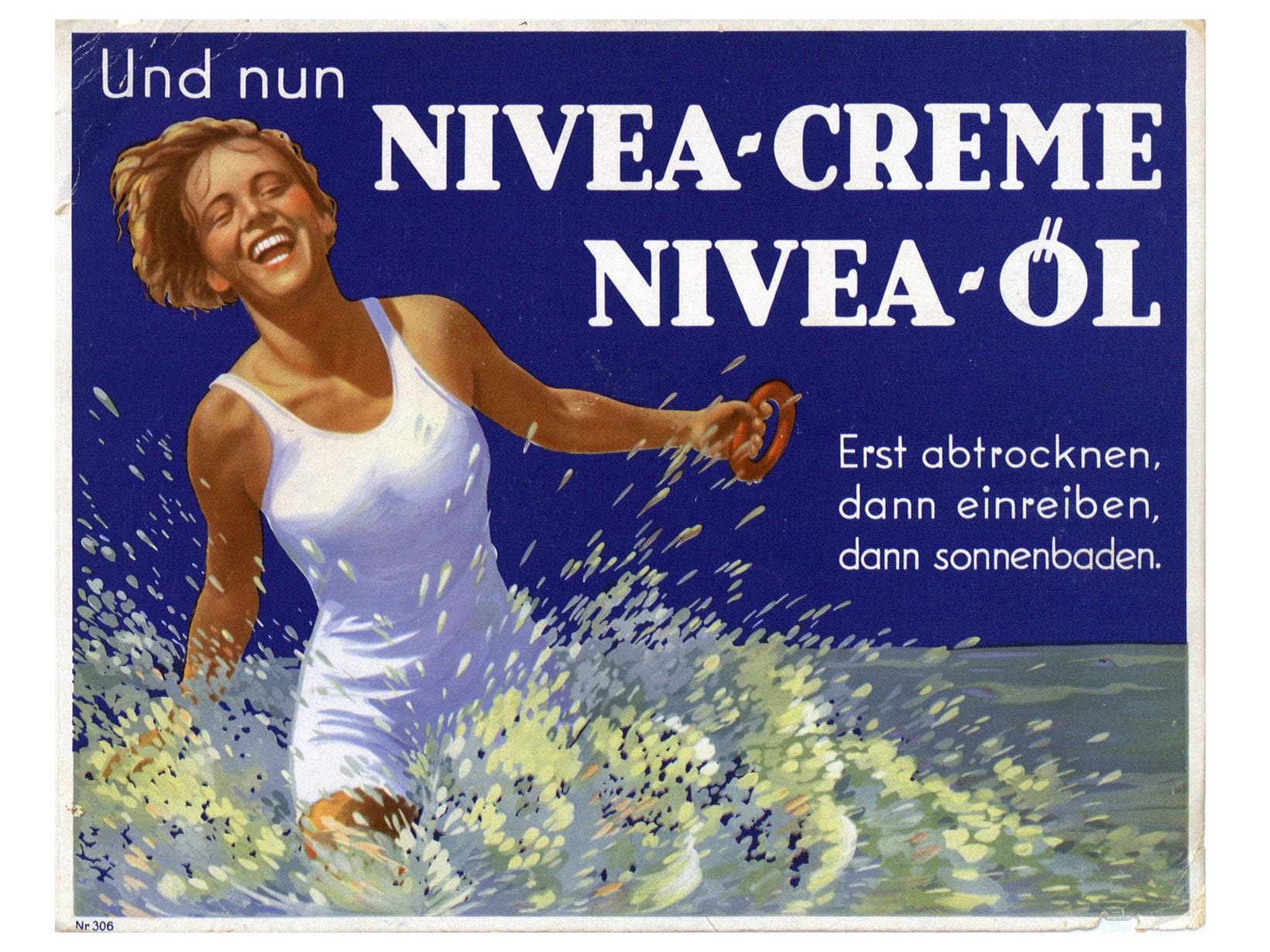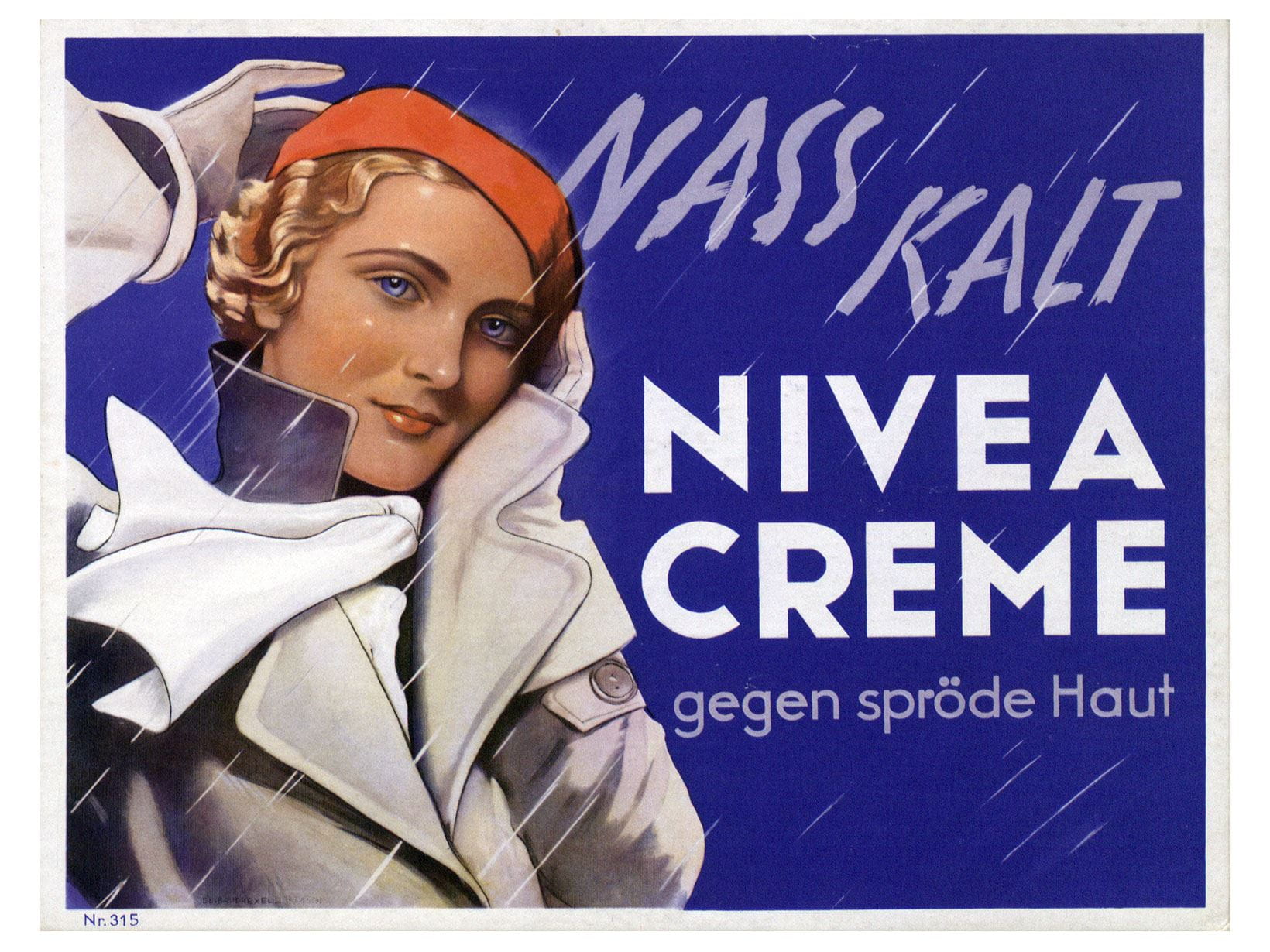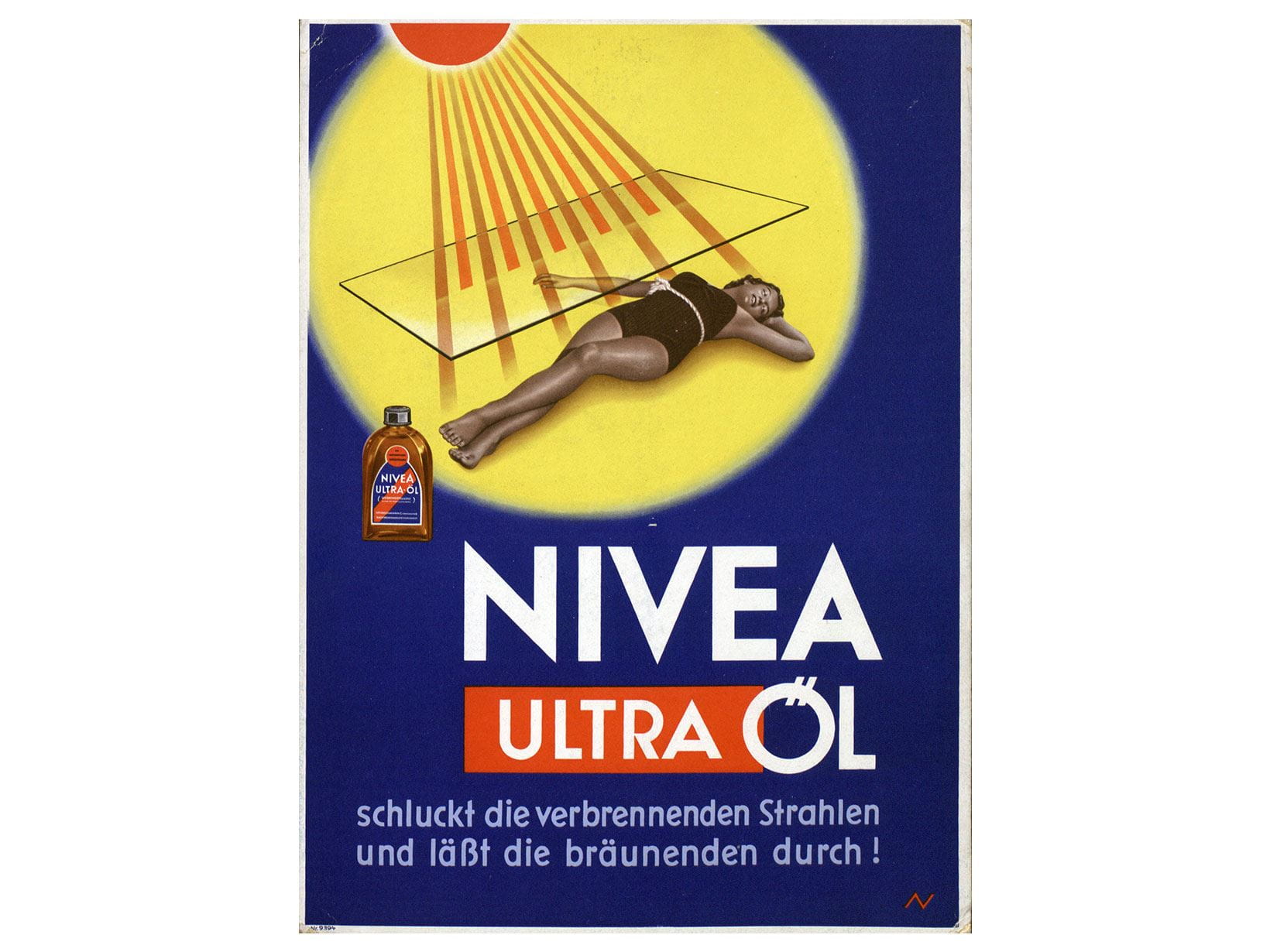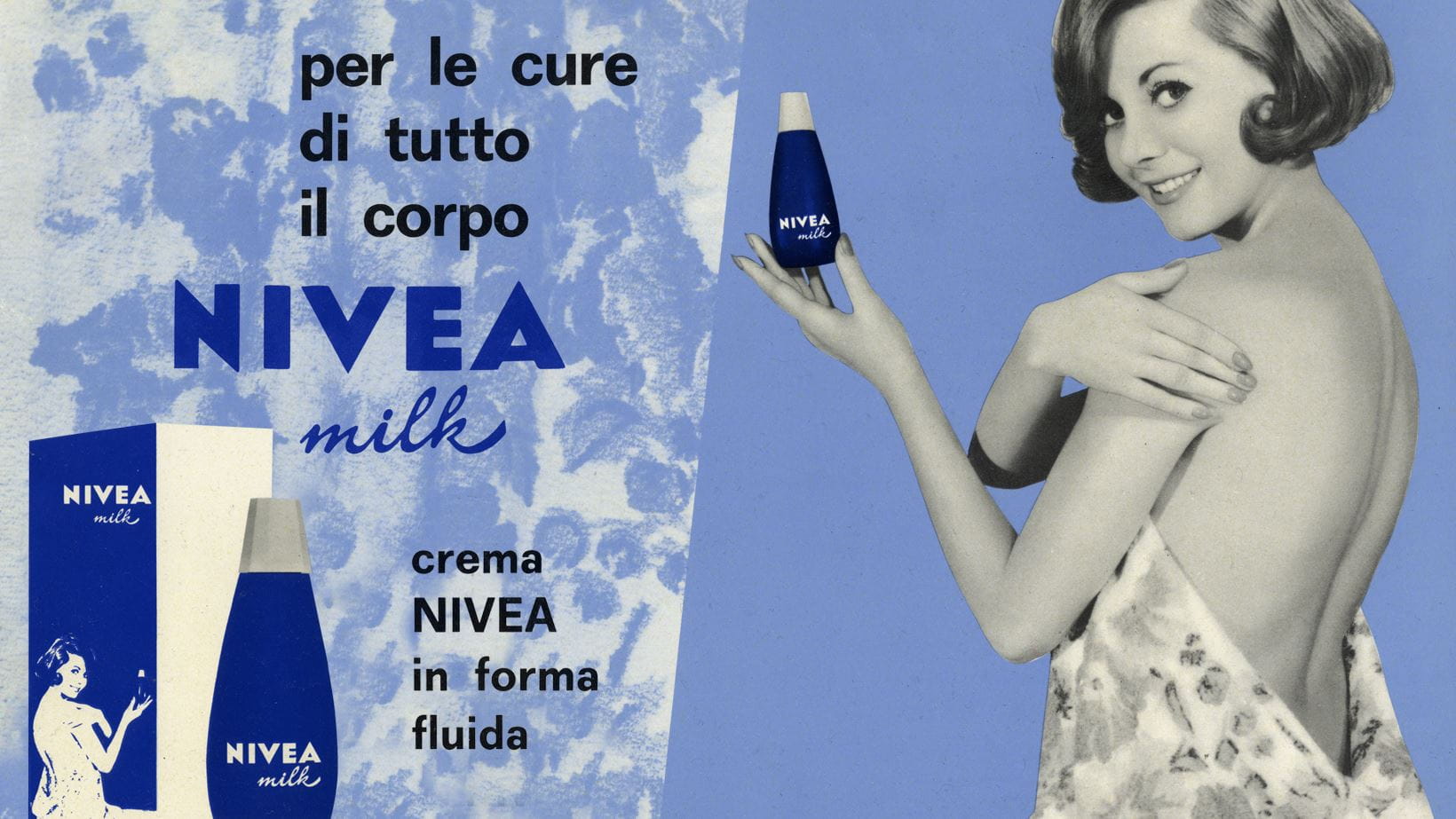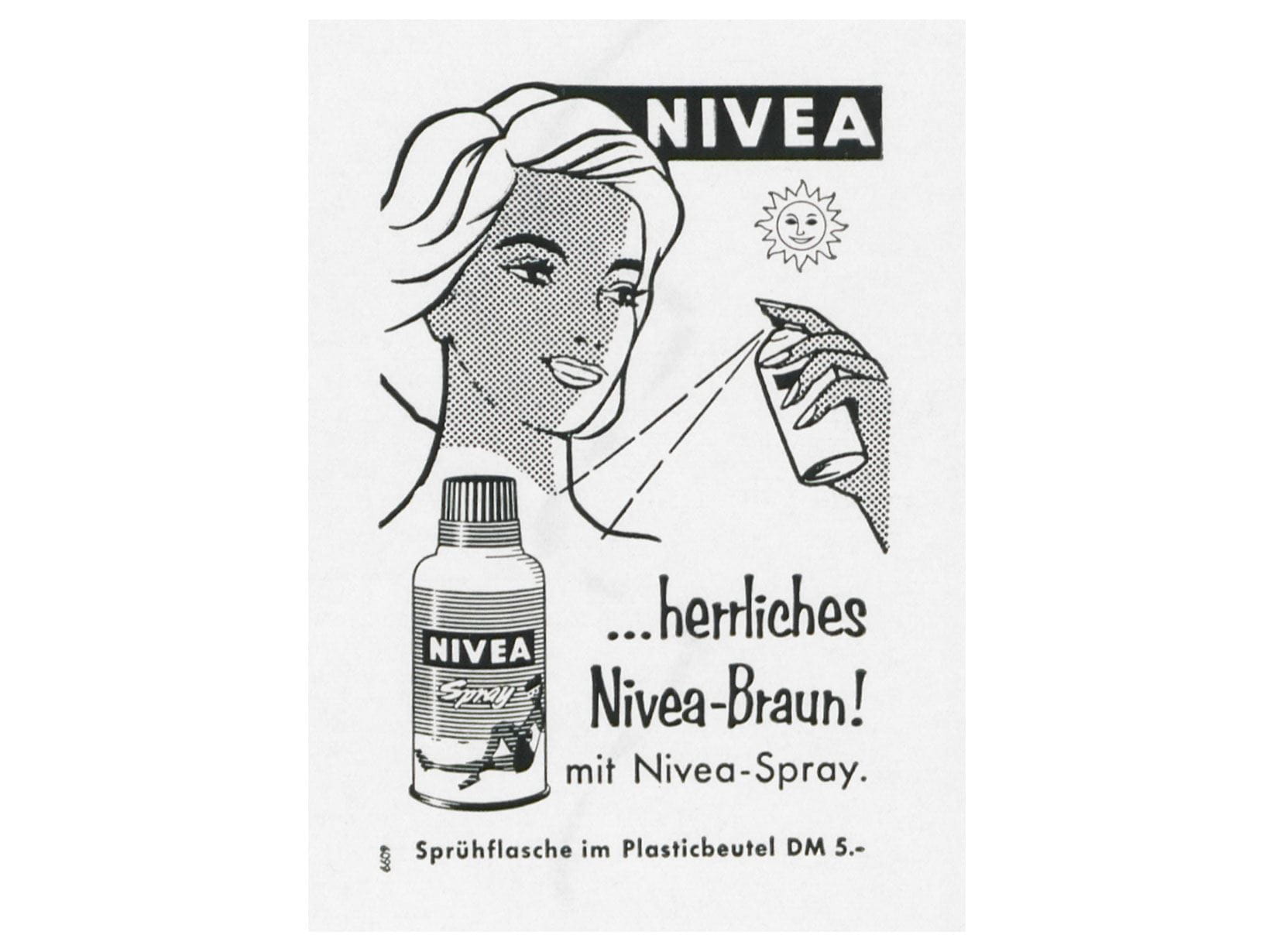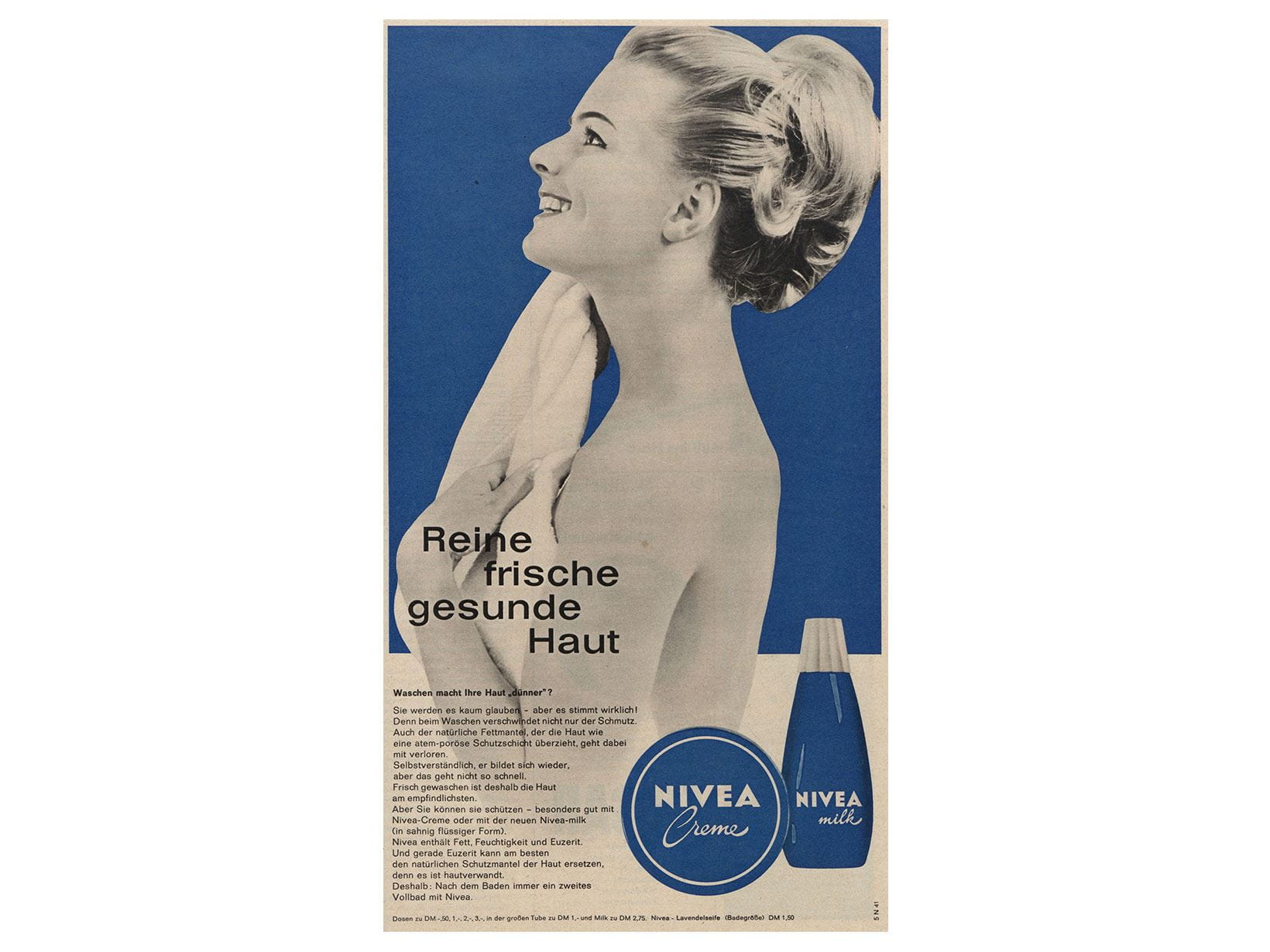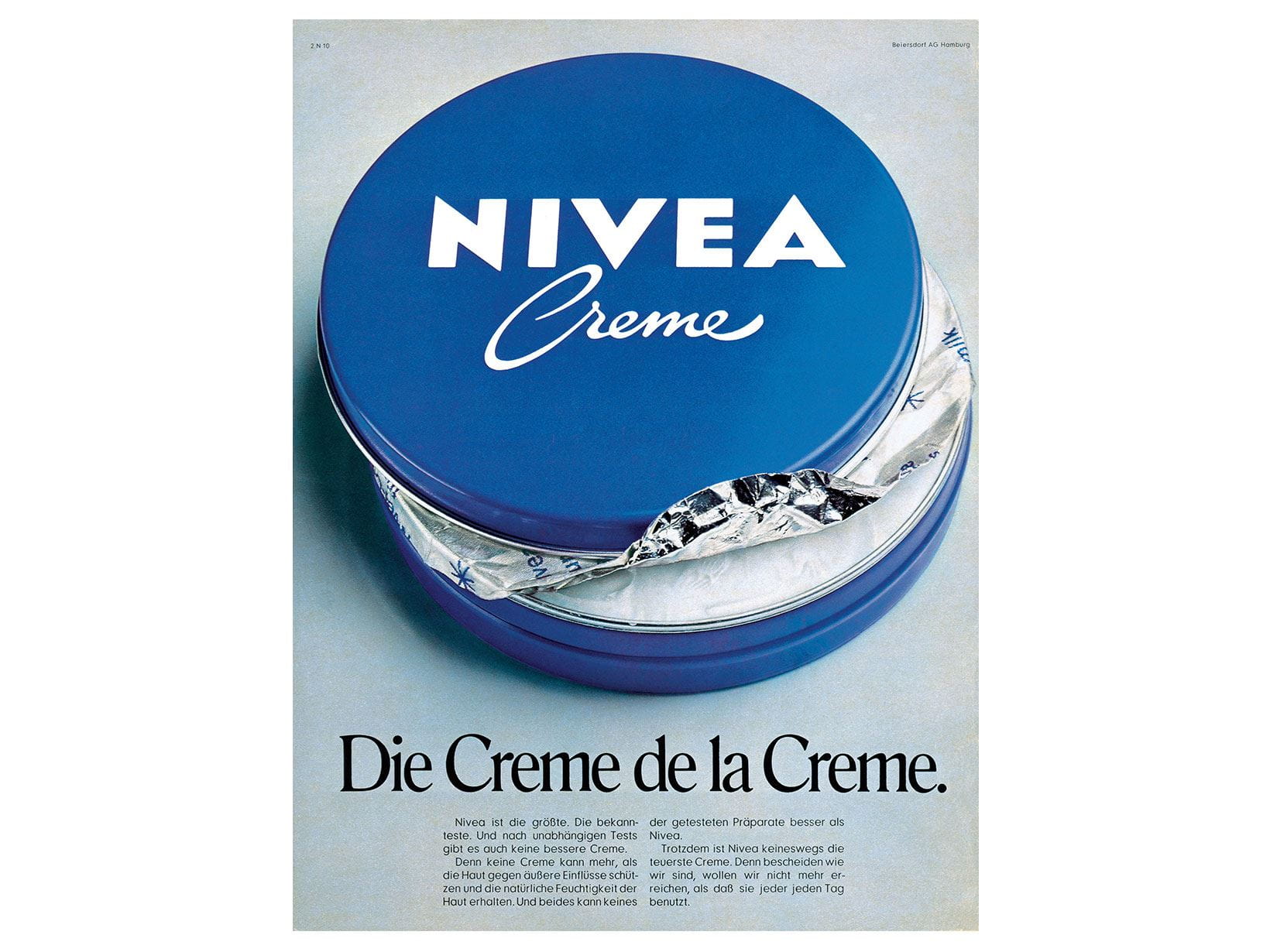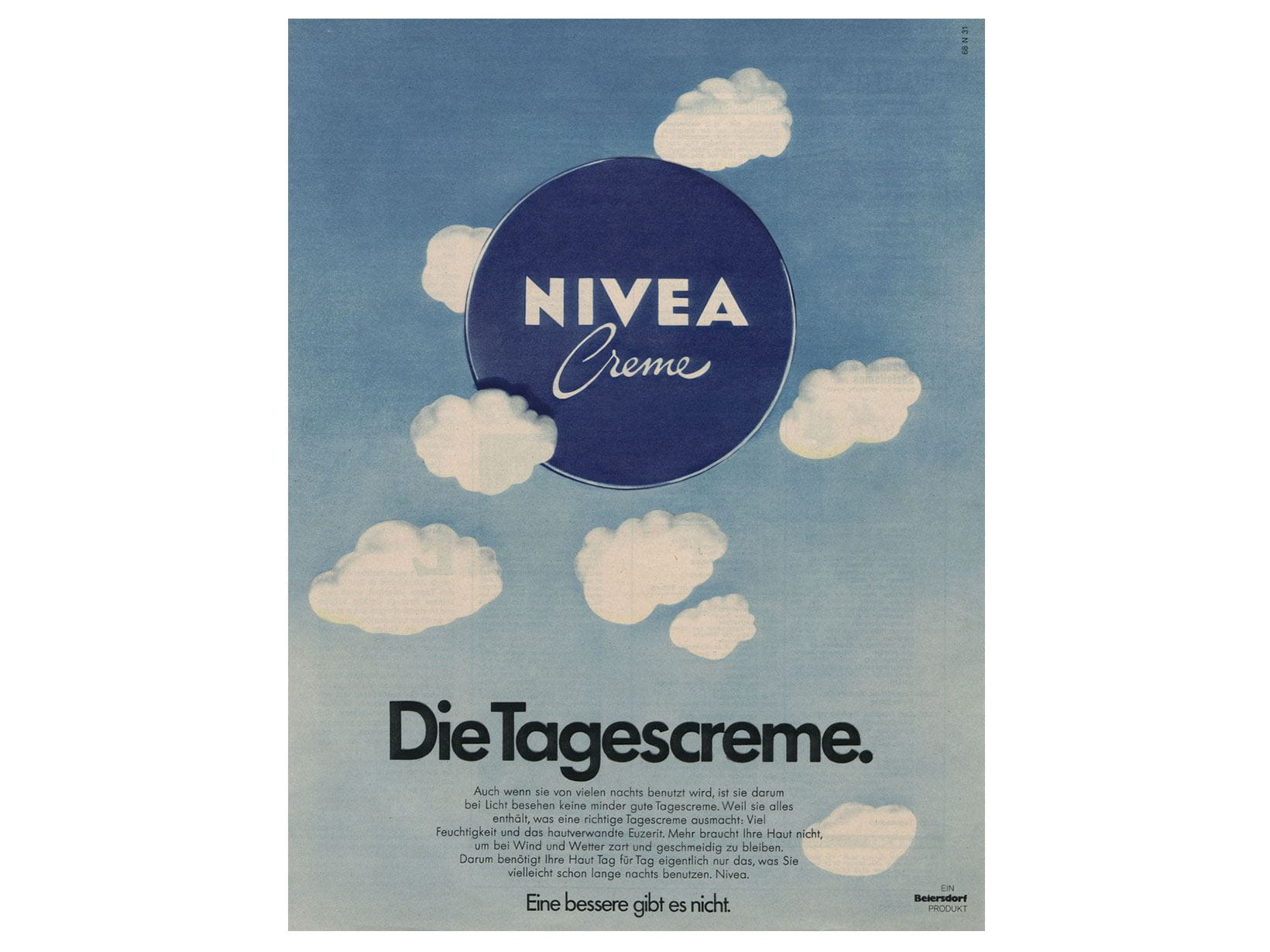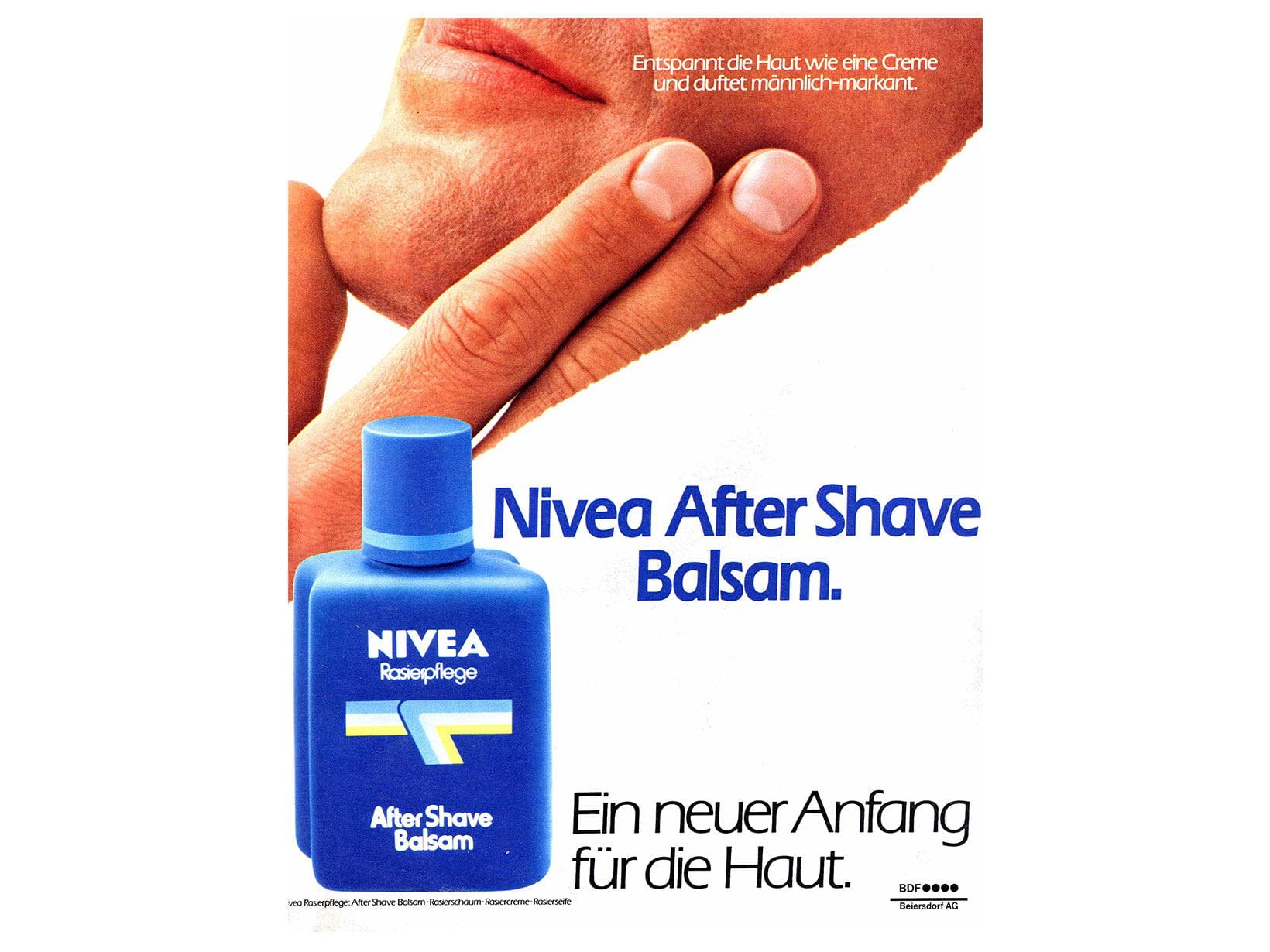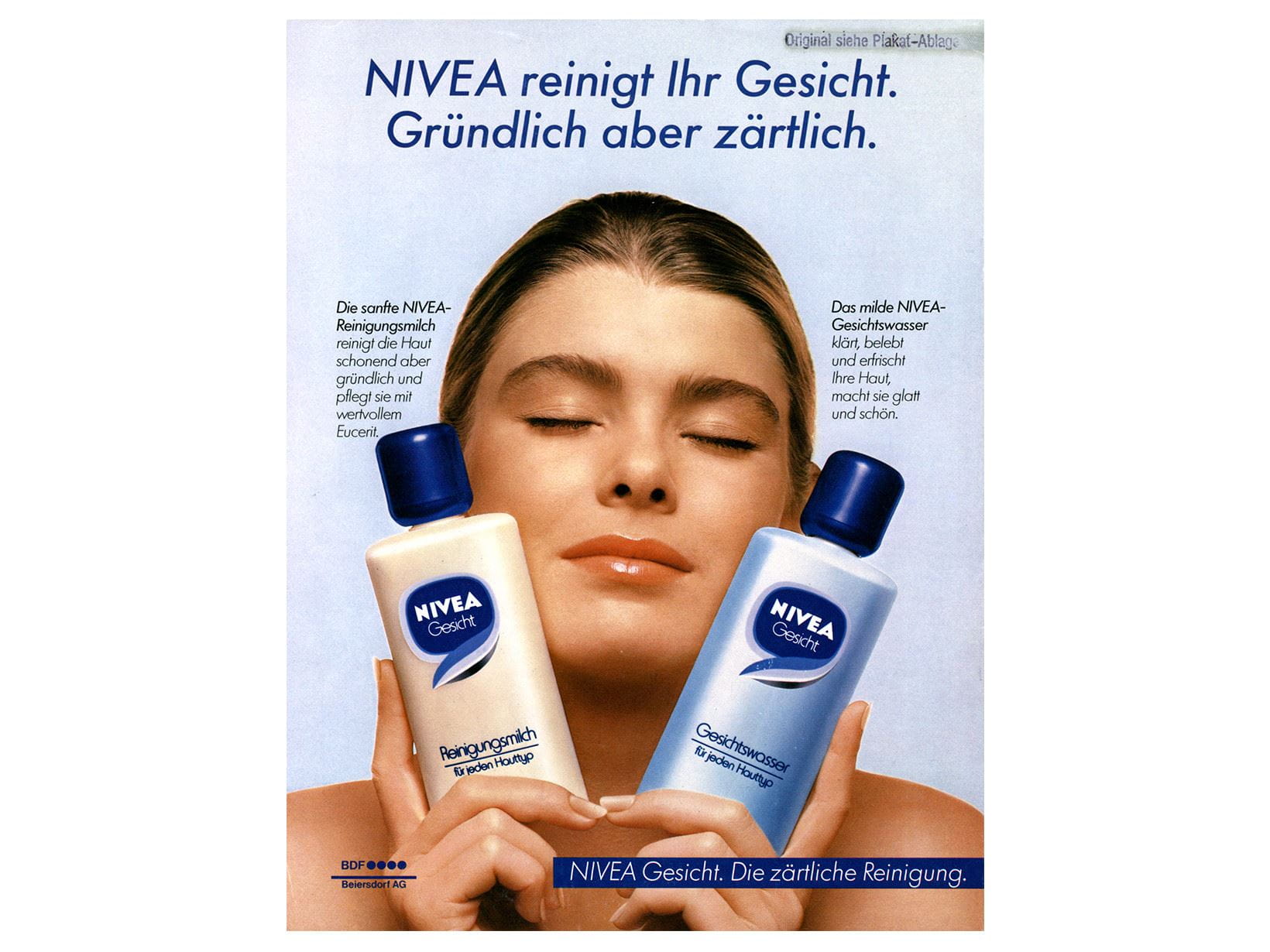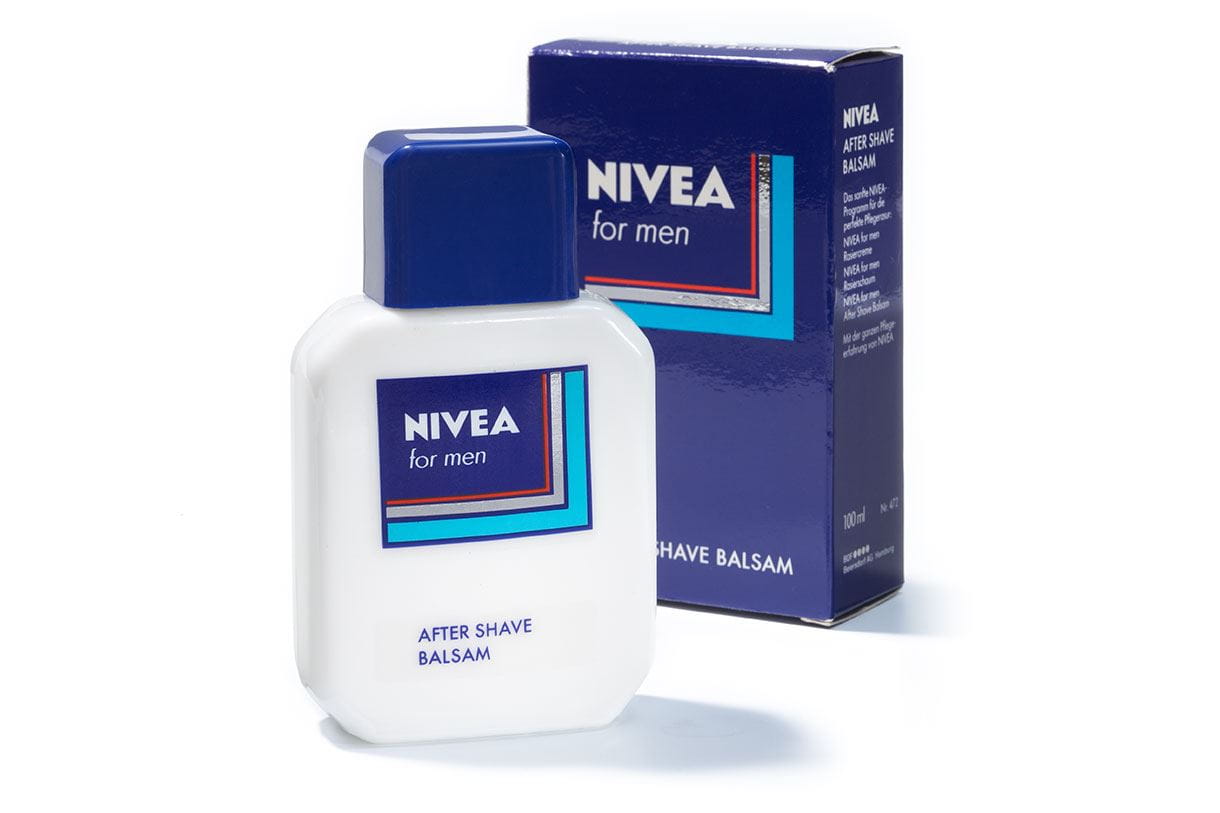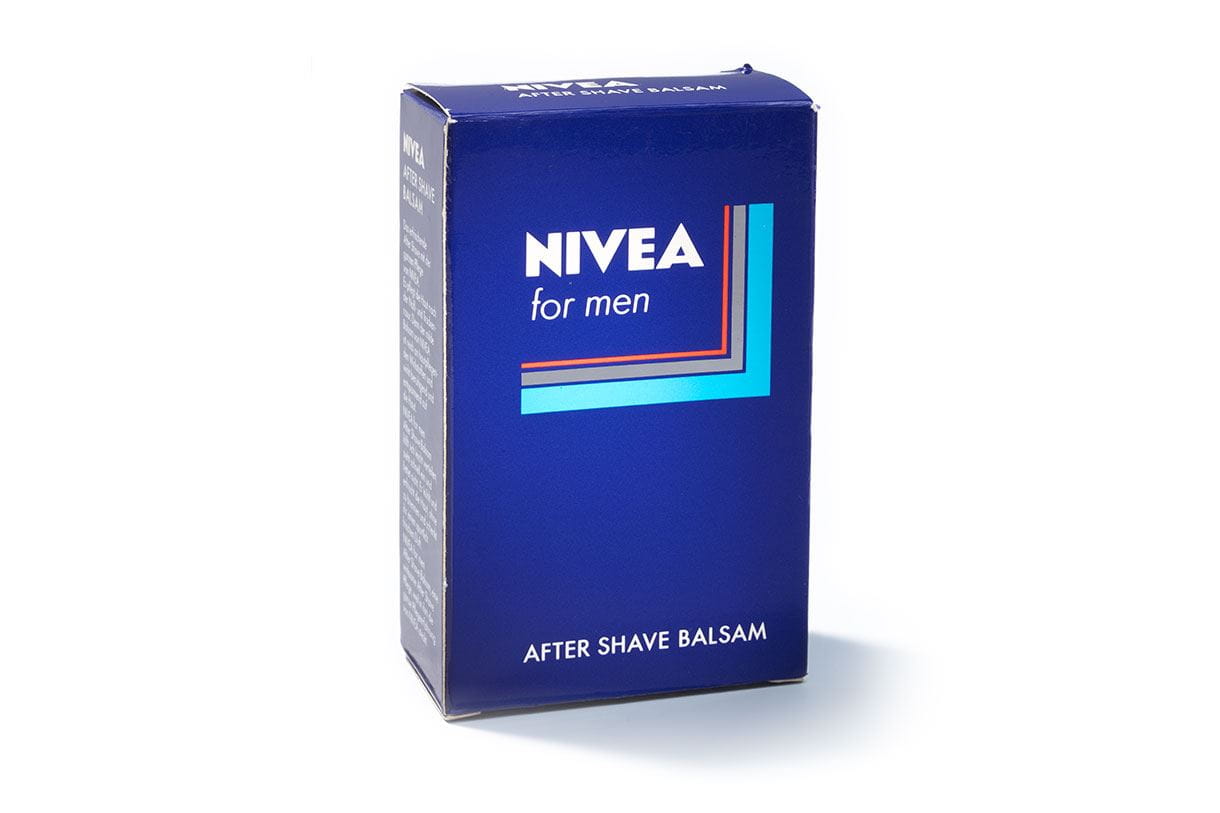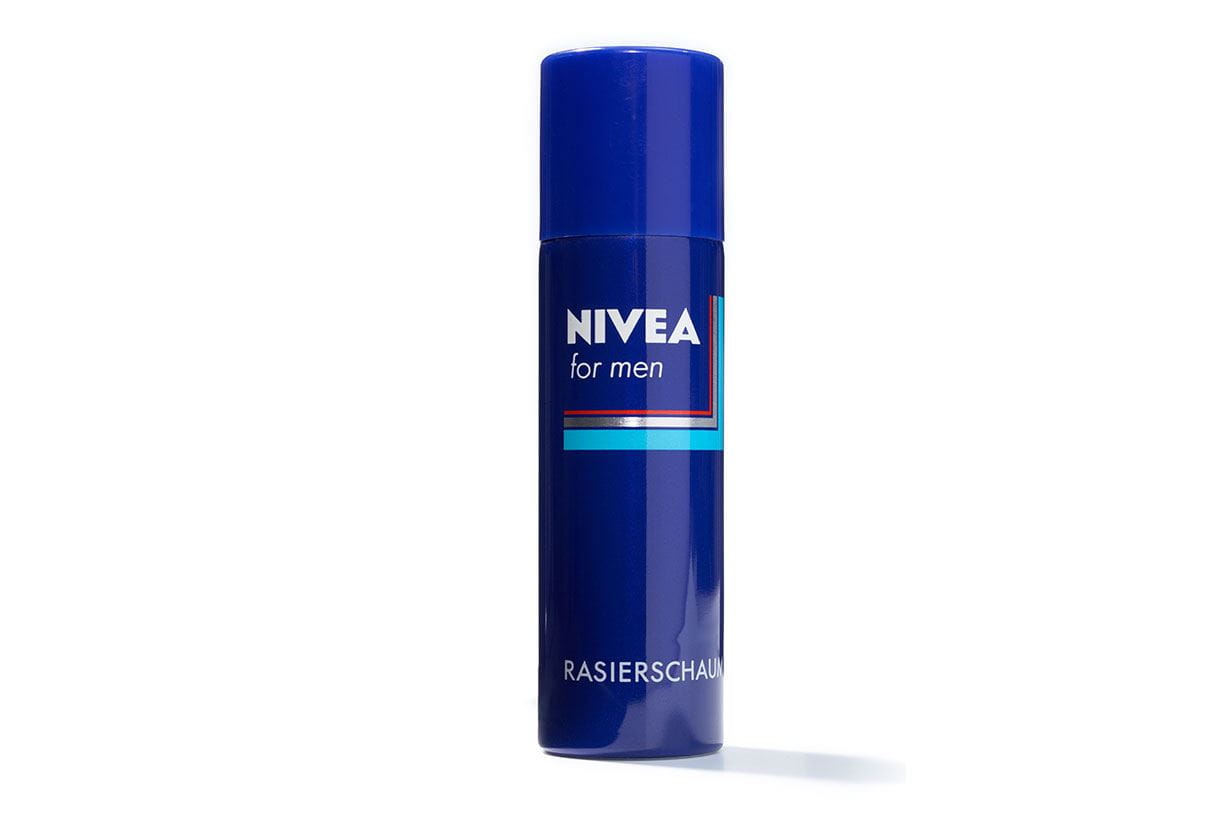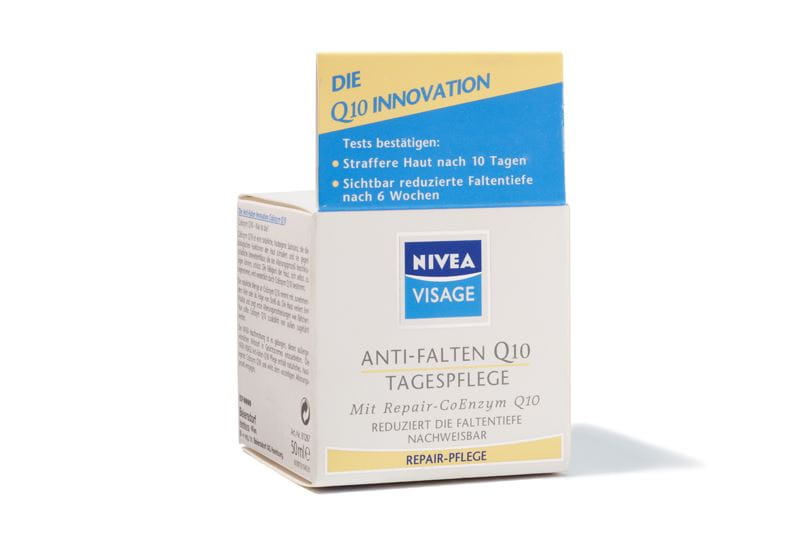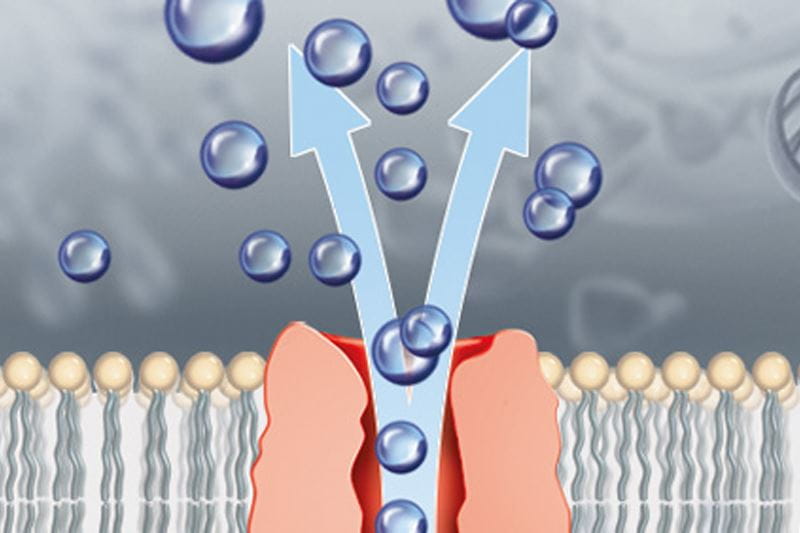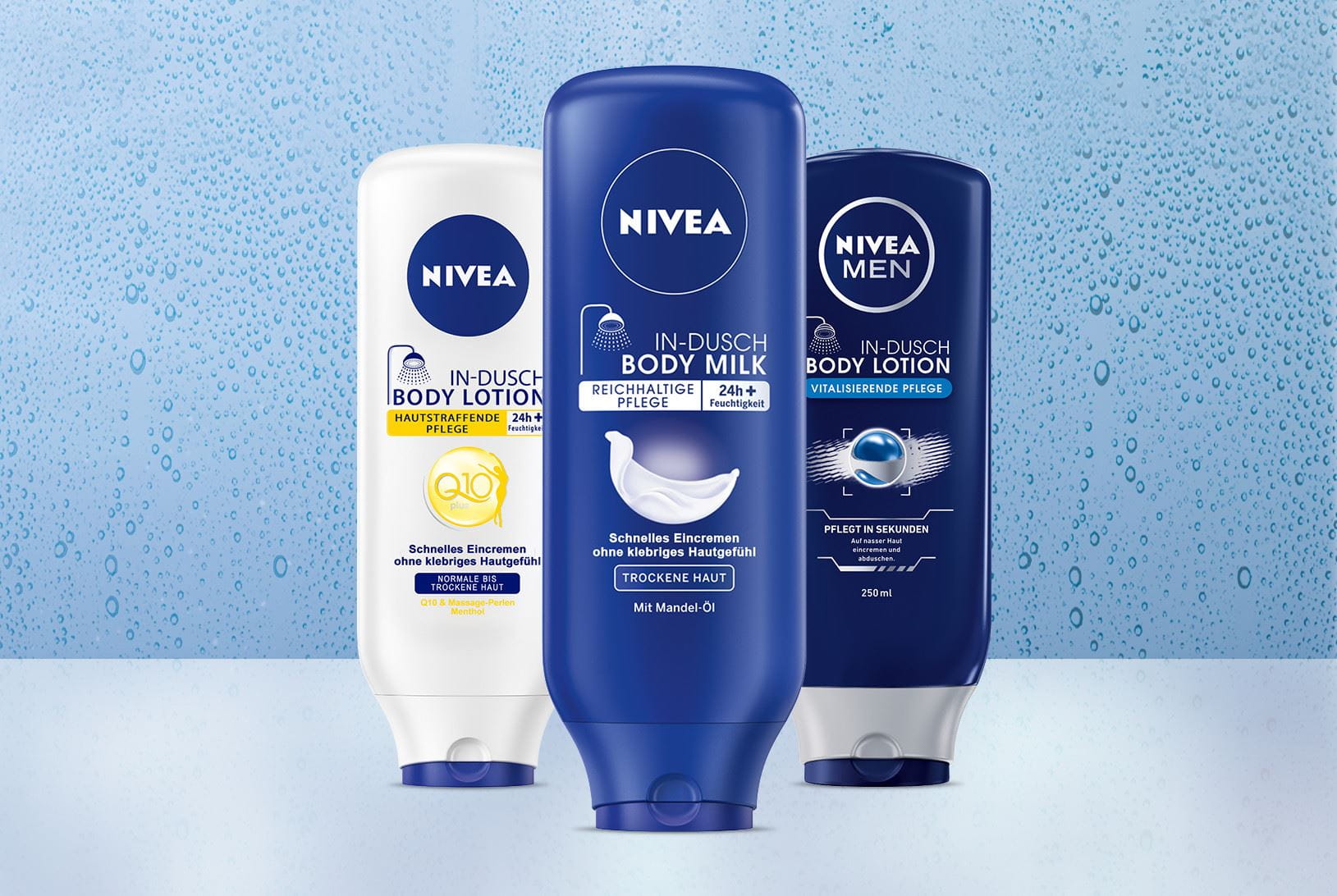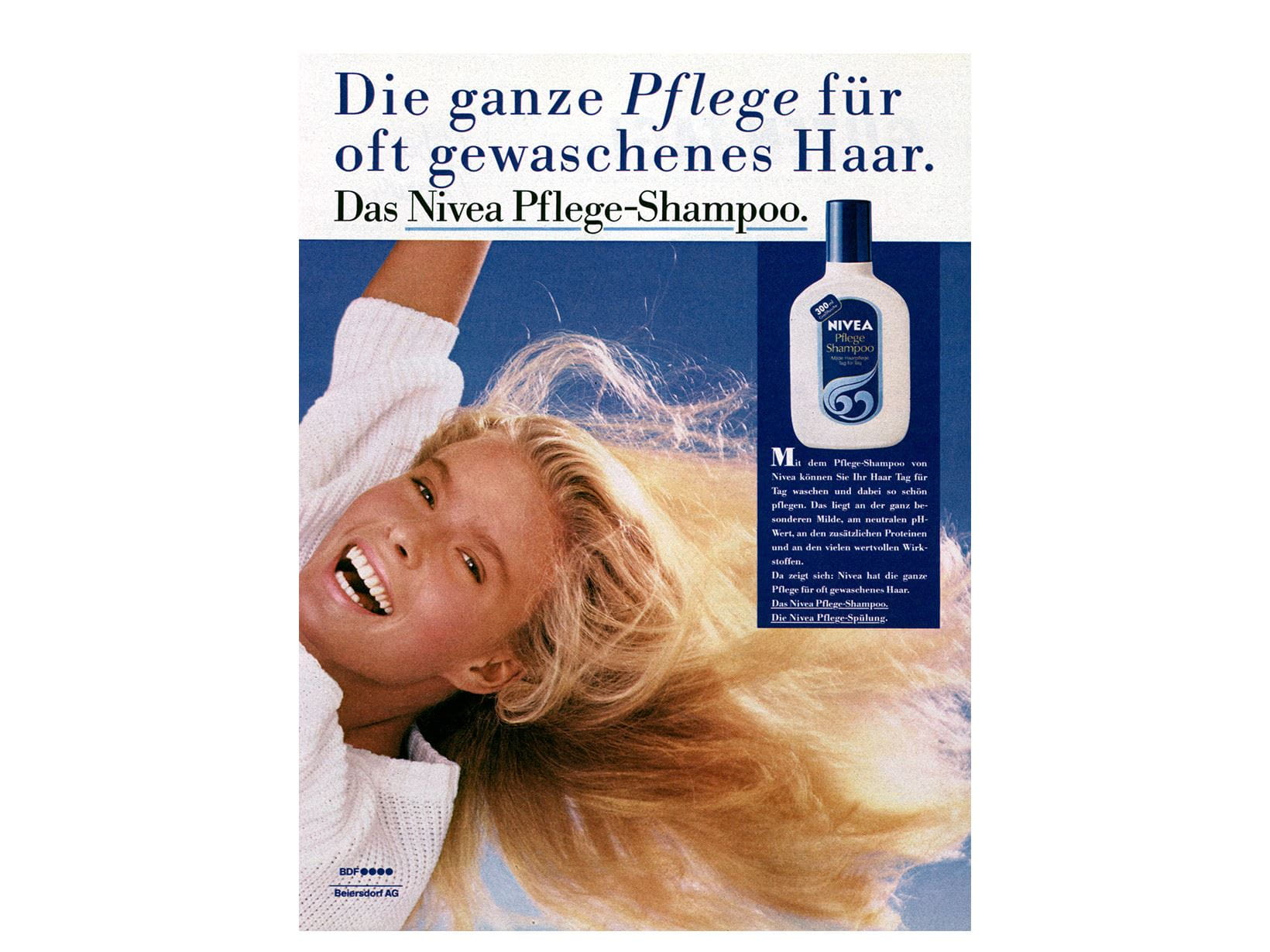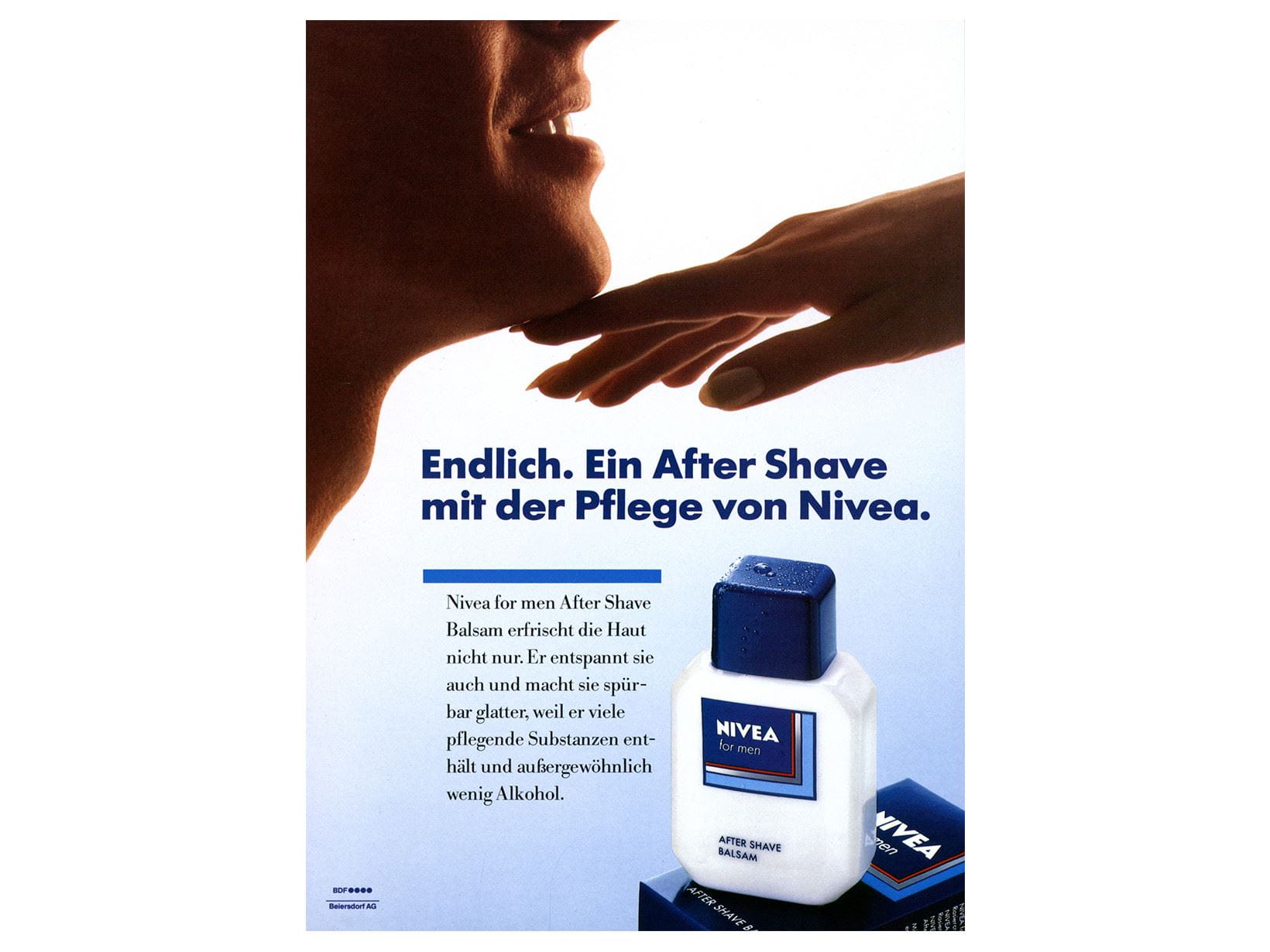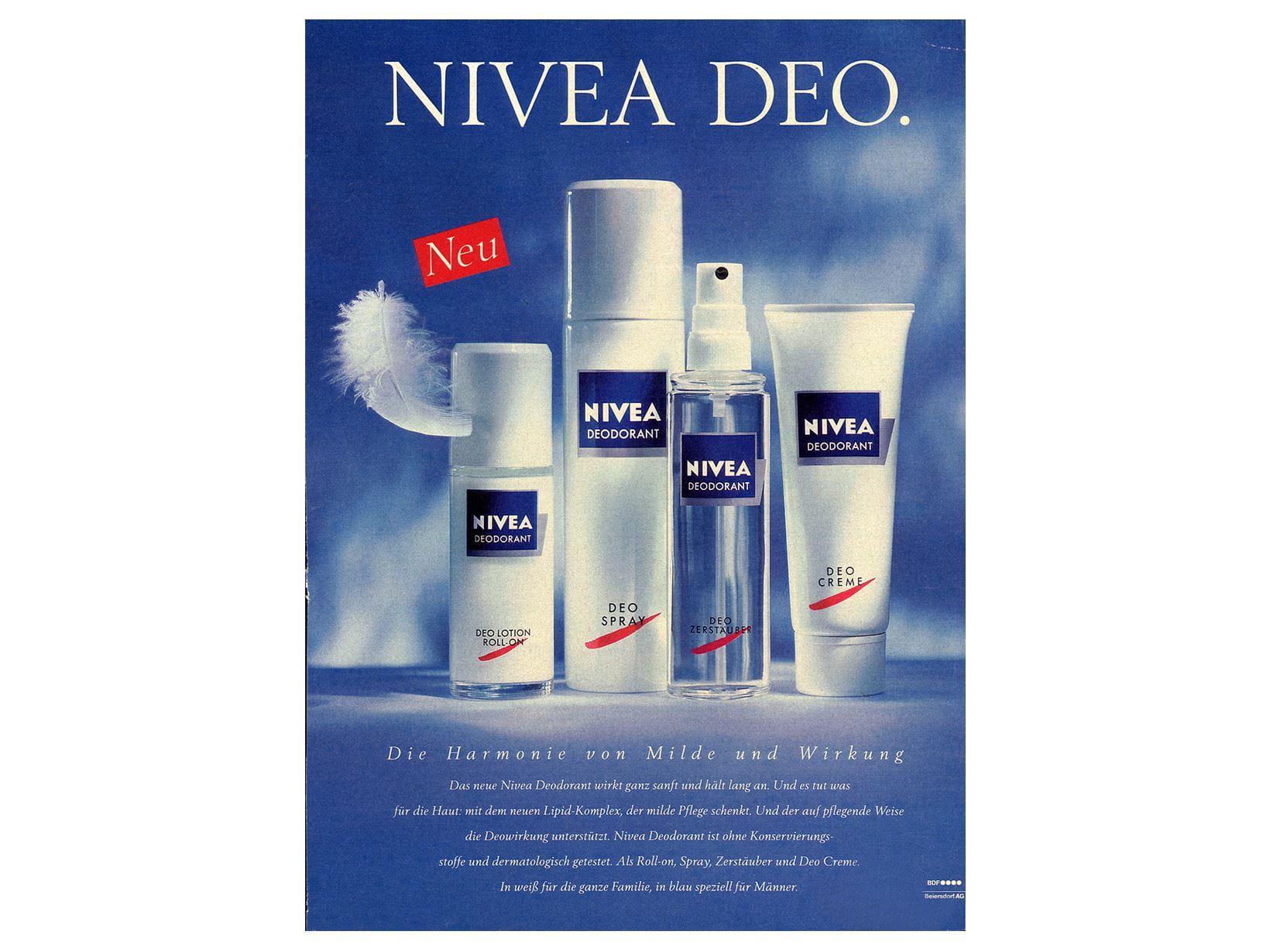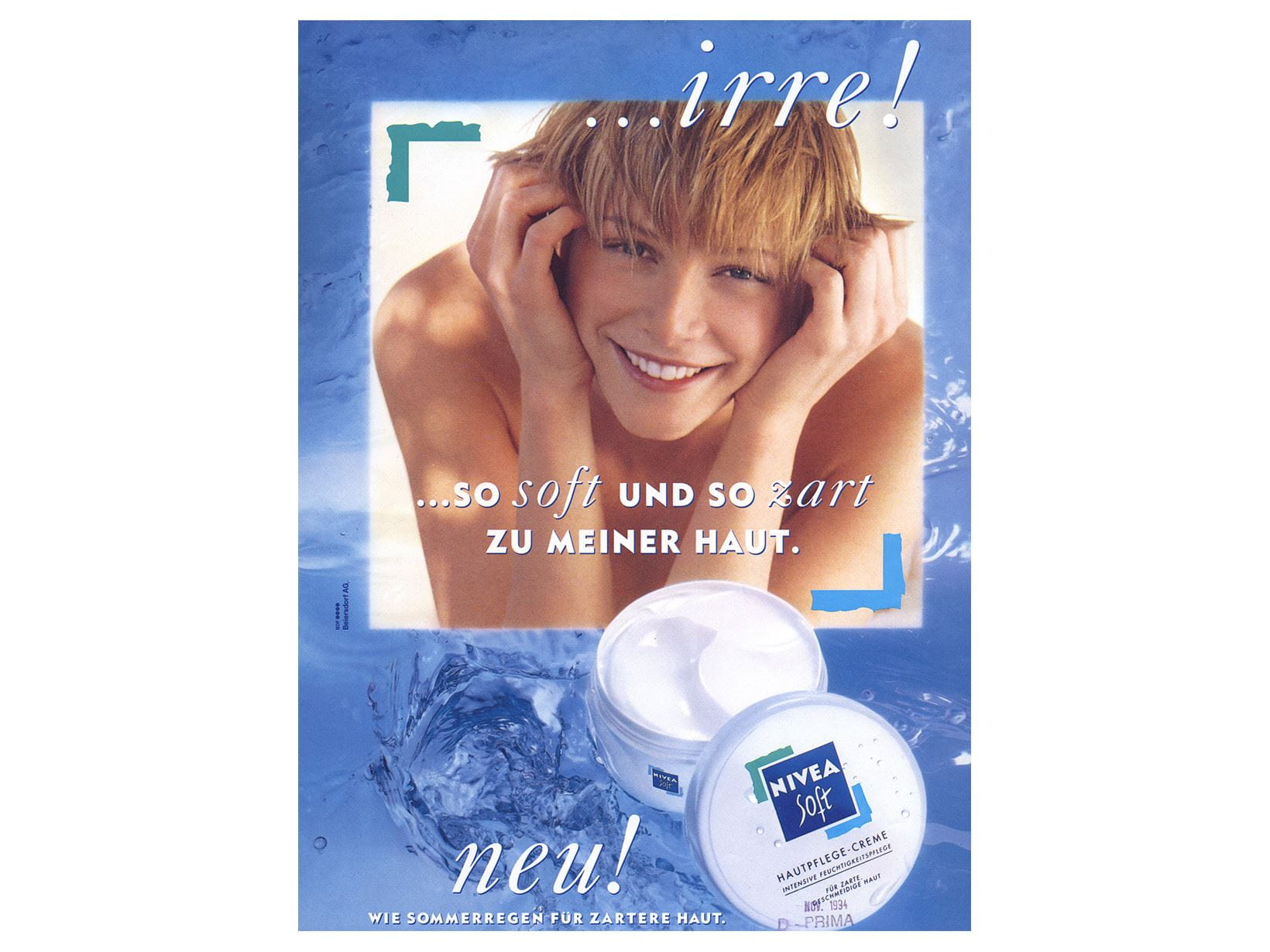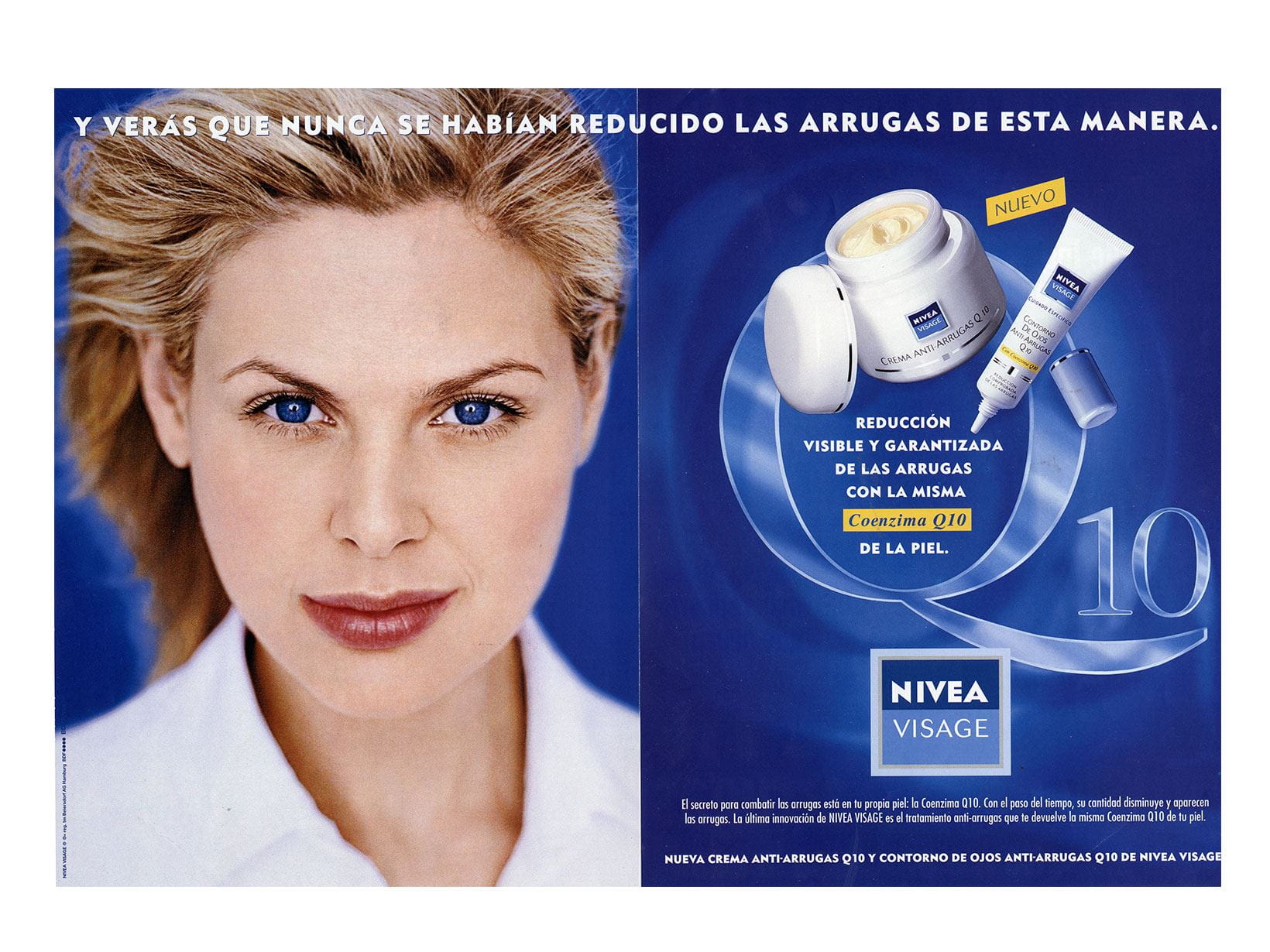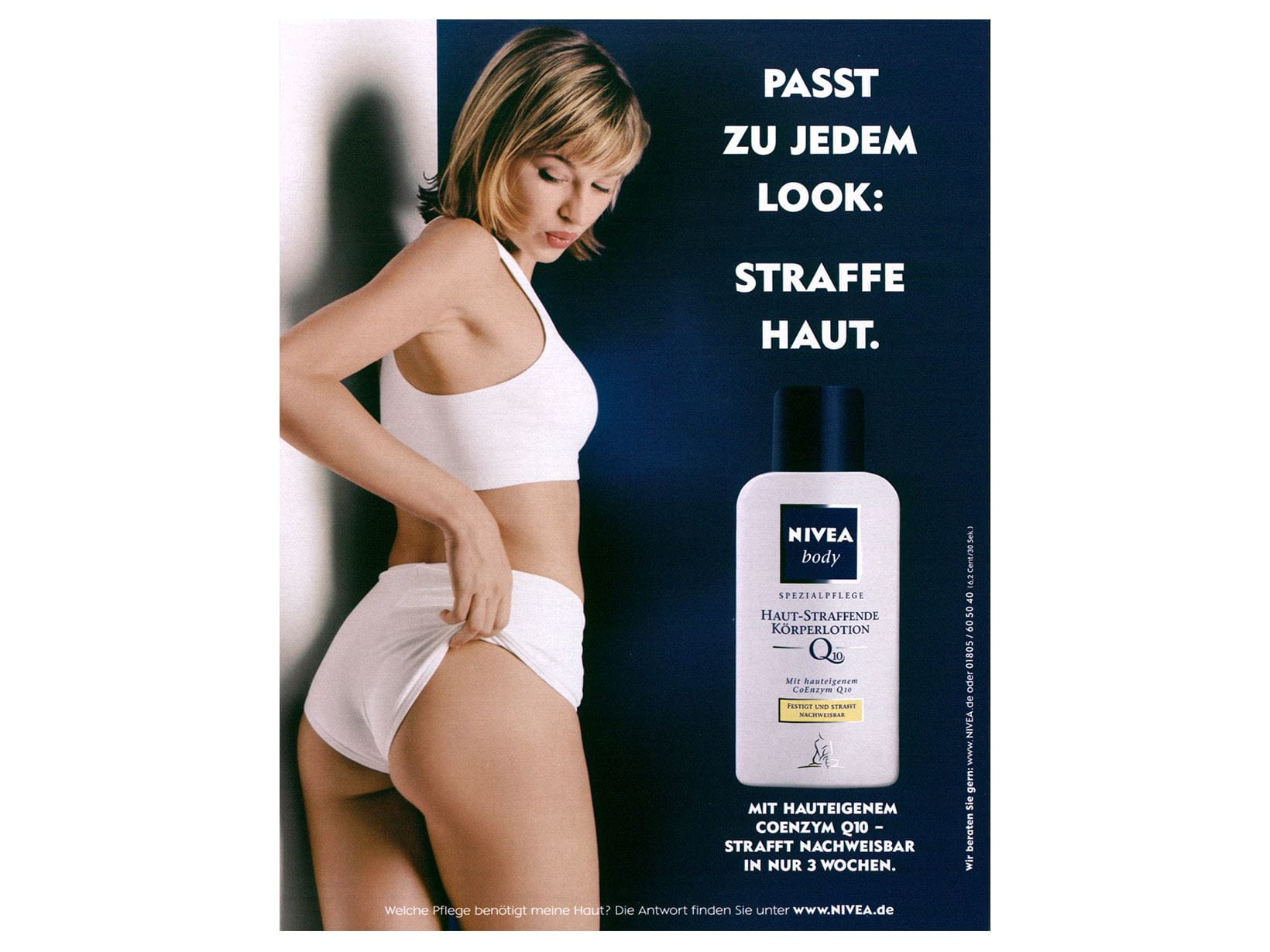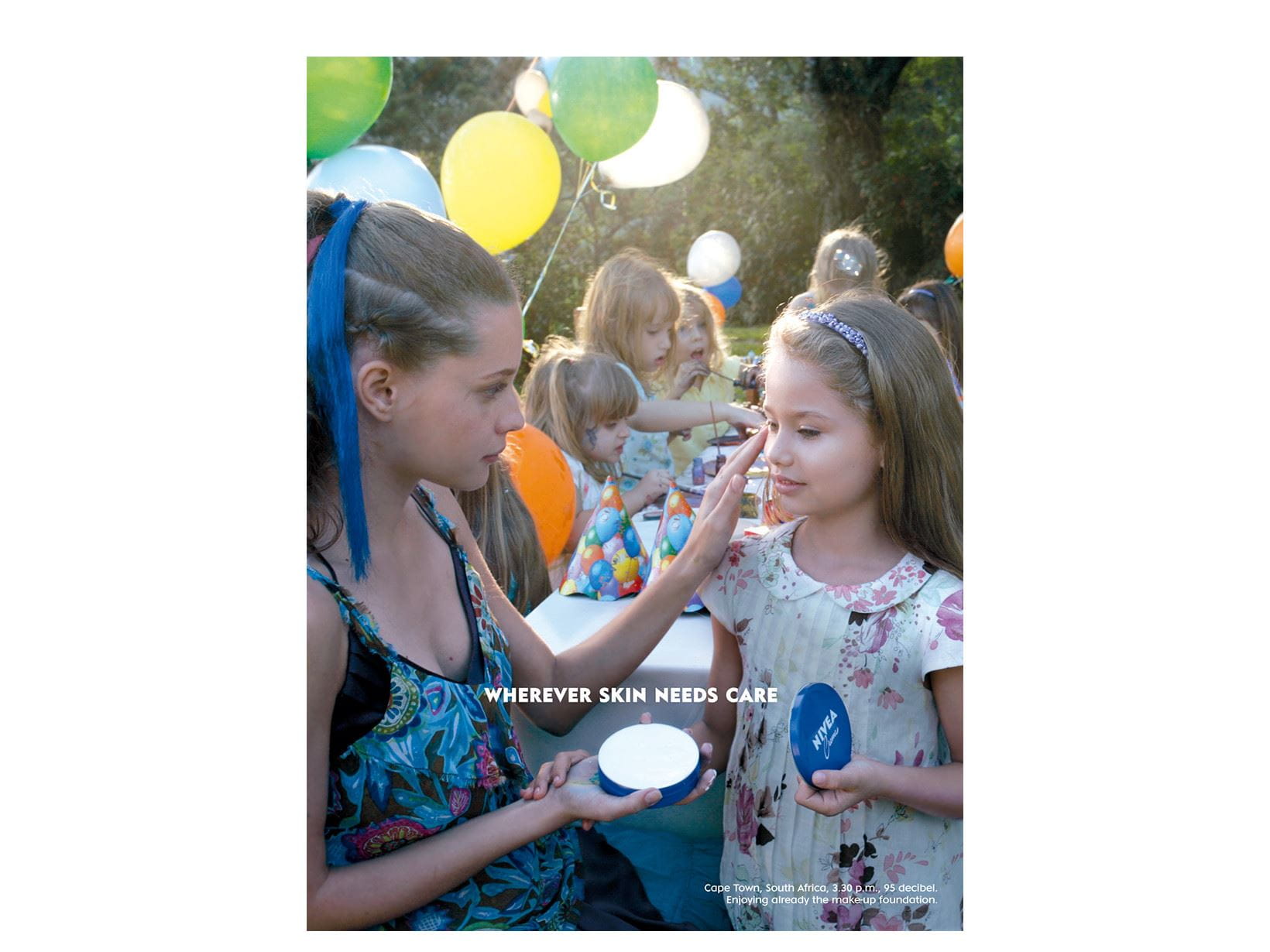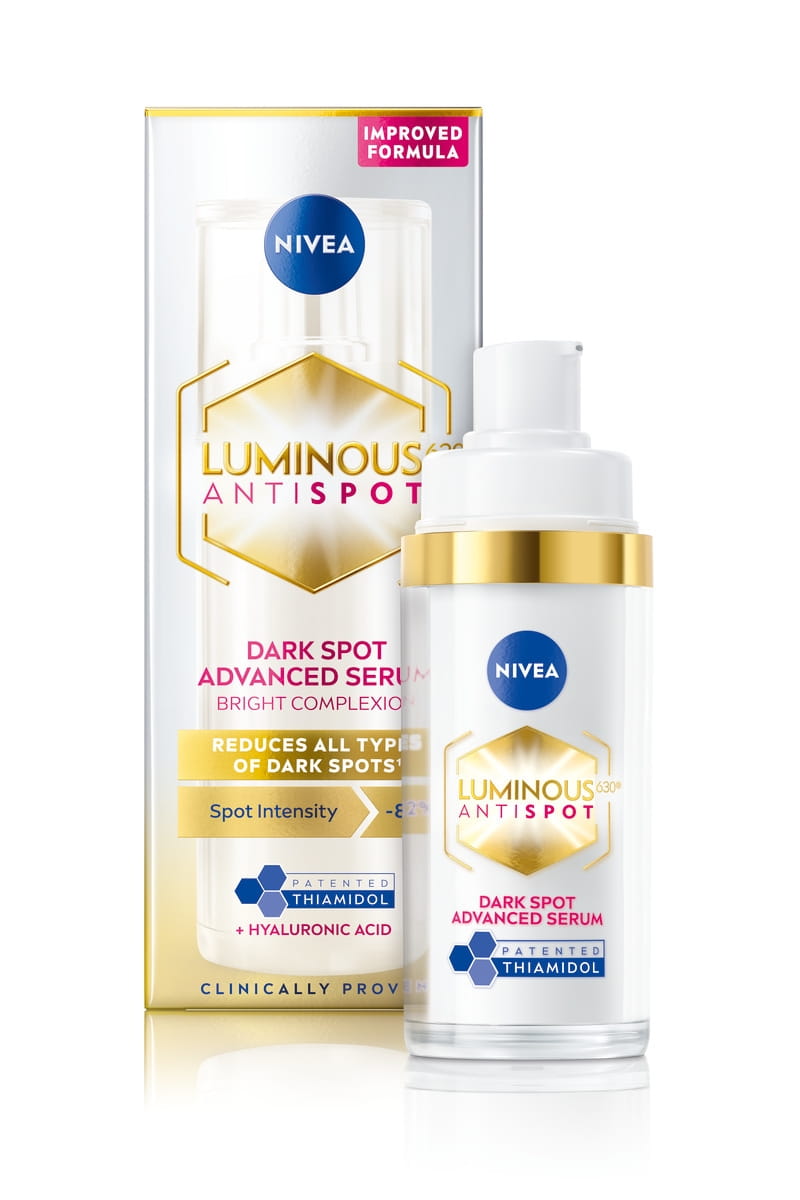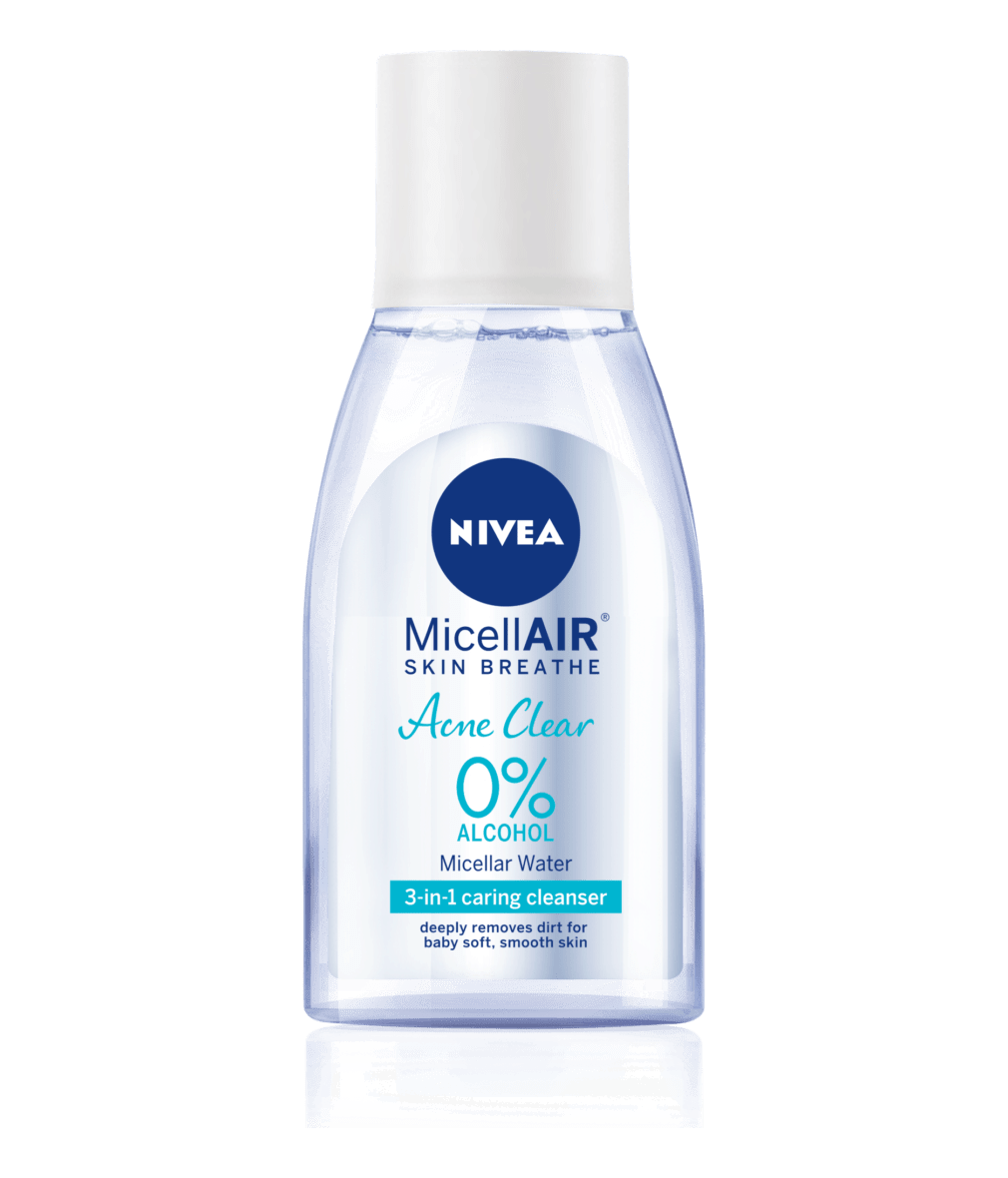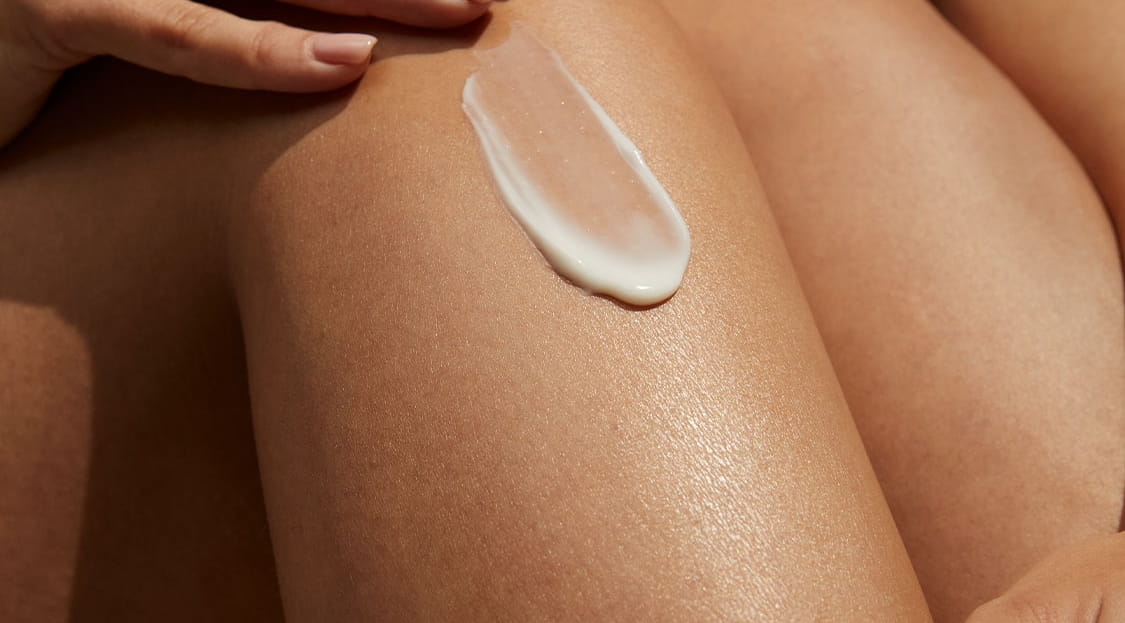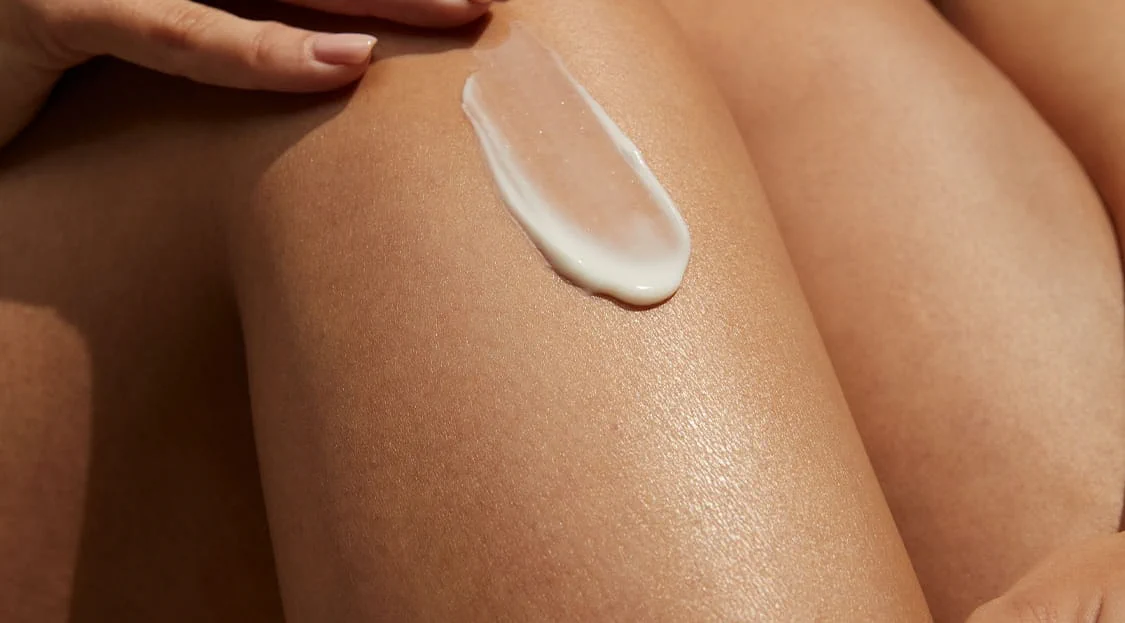2011/2014
When NIVEA was born 100 years ago, almost all of our research was conducted by just three people: Dr Oscar Troplowitz, Prof. Paul Gerson Unna and Dr Isaac Lifschütz.
Things couldn’t be more different today. We now employ more than 850 scientists, and our Skin Research Centre in Hamburg is recognised as one of world’s most advanced skincare institutes.
“Skin research has always been part of our formula for success,” says Dr Horst Wenck, our Corporate Vice President for Research. “That’s obvious when you look at how we’ve developed.
“One of our first achievements was the development of the stable water-in-oil emulsion, Eucerit, which was the basis for NIVEA Creme. And NIVEA Creme took us into the age of modern skincare.”
Over the years, our dedication to research led to many skincare advances that are taken for granted today. Skin cream, body lotion, SPF sunscreen, alcohol-free aftershave, the pump-action spray, skincare for mature skin, anti-ageing products with Q10 – all these and more were launched by NIVEA.
But before you can invent groundbreaking products like these, says Dr Wenck, you have to ask the right questions.
“On one hand, we look at consumer preferences – what are people’s skincare expectations and needs? On the other hand, we conduct research into every single aspect of the skin. So based on what we know about the skin, we ask: what will support or stimulate the skin’s natural processes?
“The combination of these two aspects makes it possible for us to create new and genuinely innovative skincare products.”
Developing a new product is a painstaking process that requires years of research. Because while we all want products that make us feel good in our skin, our individual skincare needs are determined by many factors – including our skin type, race, gender, age and culture, as well as where we live.
That’s why every NIVEA product is tested on many different people, in a wide range of situations, before it goes on sale.
On top of this, all of our products must withstand a barrage of safety and effectiveness tests. Even seemingly minor details, such as how easily a product can be opened or closed, face extensive testing.
And because we’re against all forms of animal testing, all of our research is carried out on our wonderful volunteer testers, or by using advanced lab techniques like cell culture tests.
As Dr Wenck said, “It can take three, five, or more years from the initial product idea to its market launch. You can’t compromise on quality.”
According to Dr Wenck, the future of skincare promises to be “just as exciting as the last 100 years have been. We’re already working on a new generation of active ingredients that will take skin research into the next dimension.”
What will be the next skincare breakthrough? Only time will tell…
